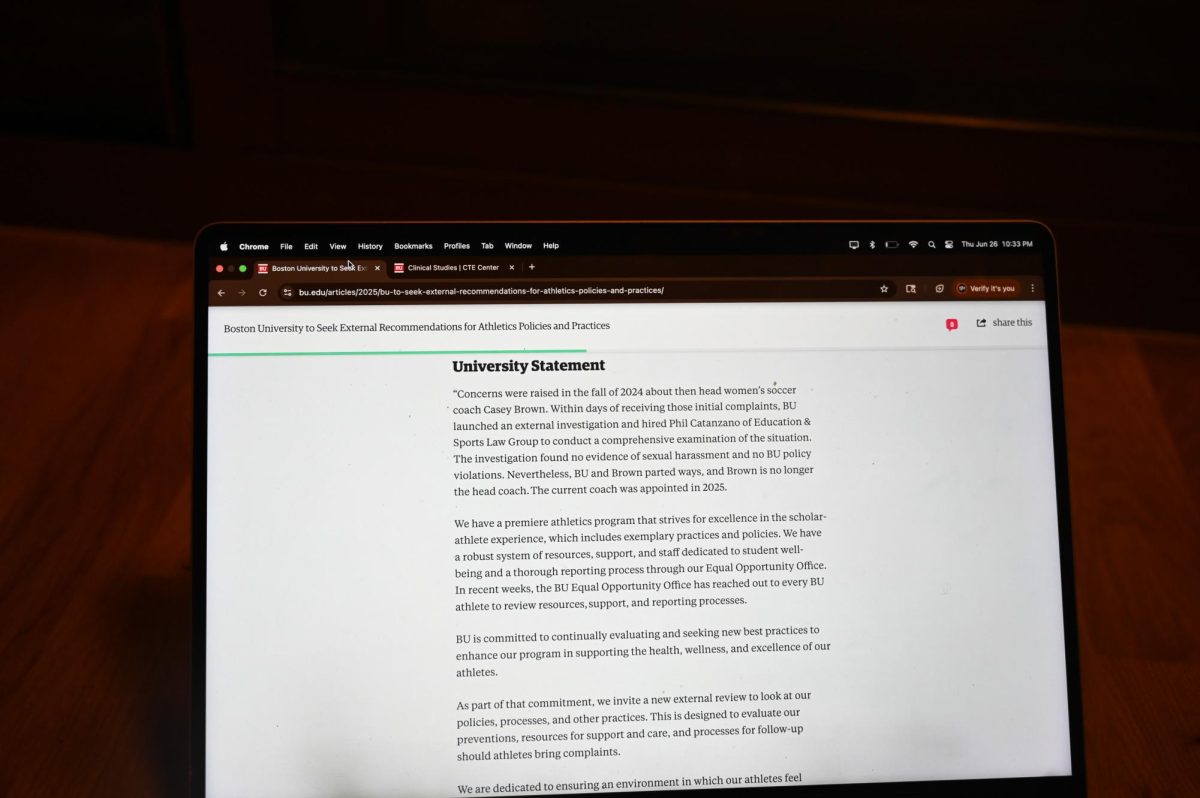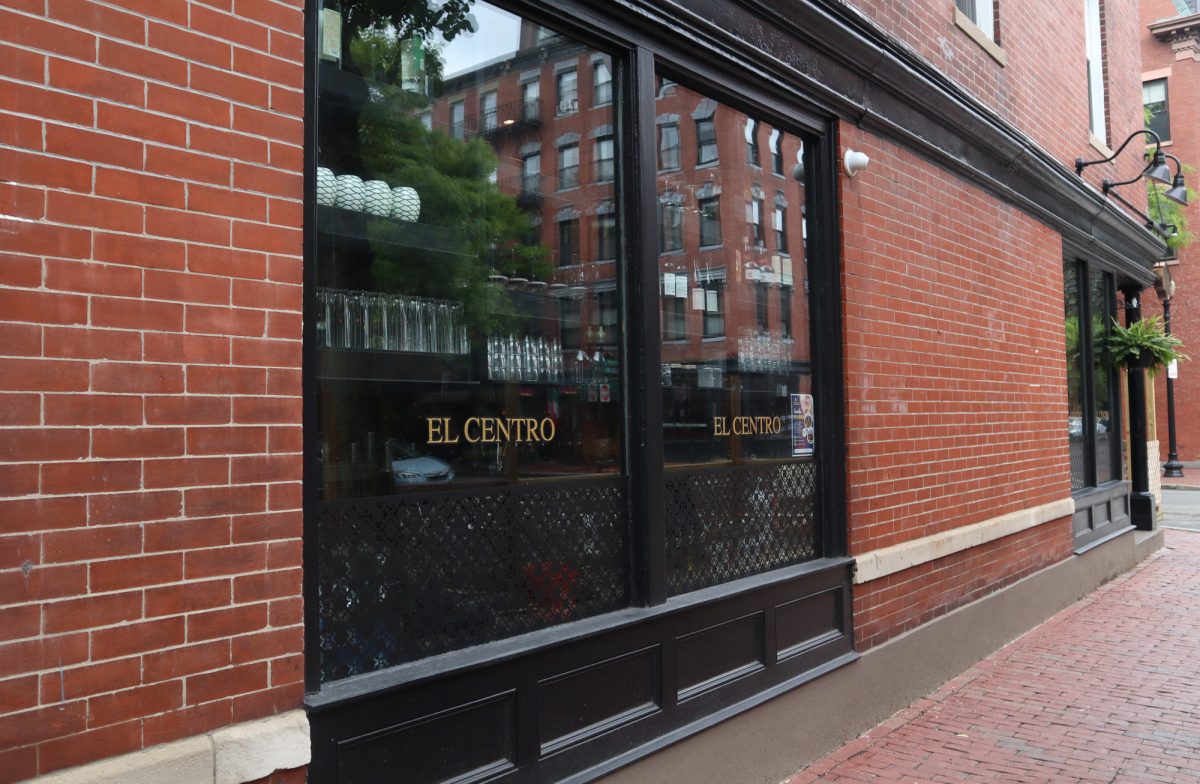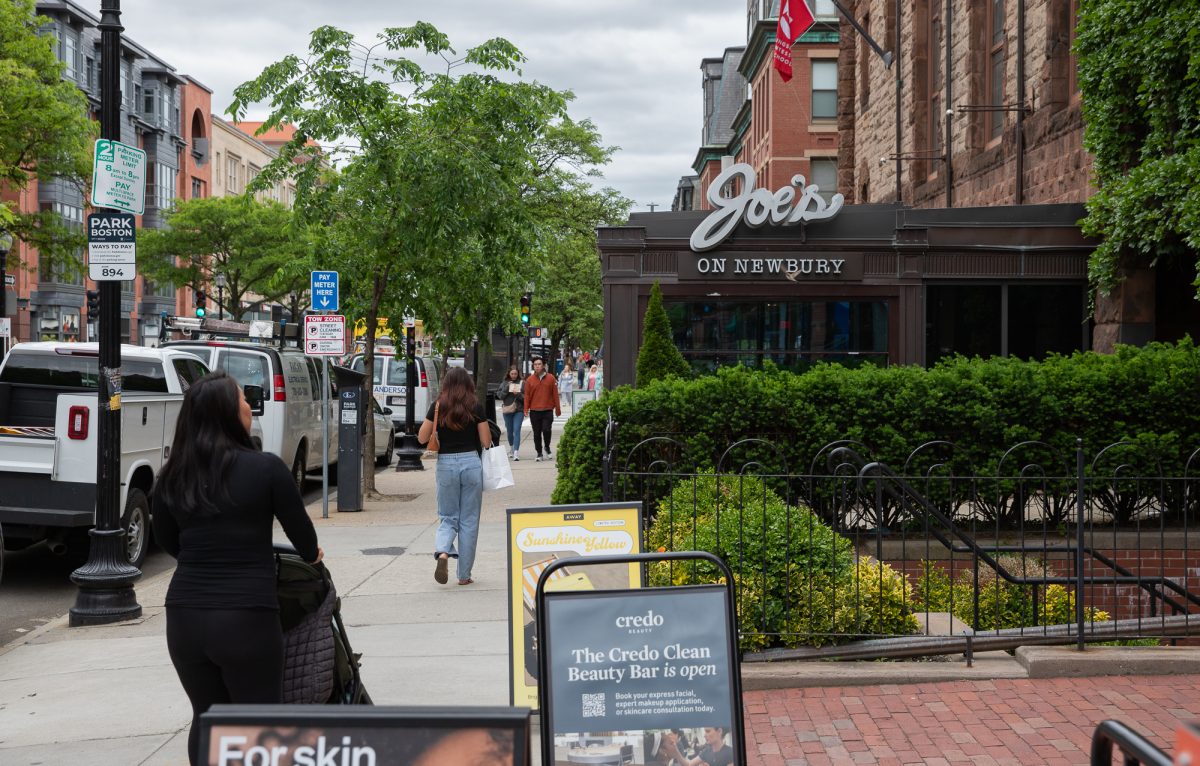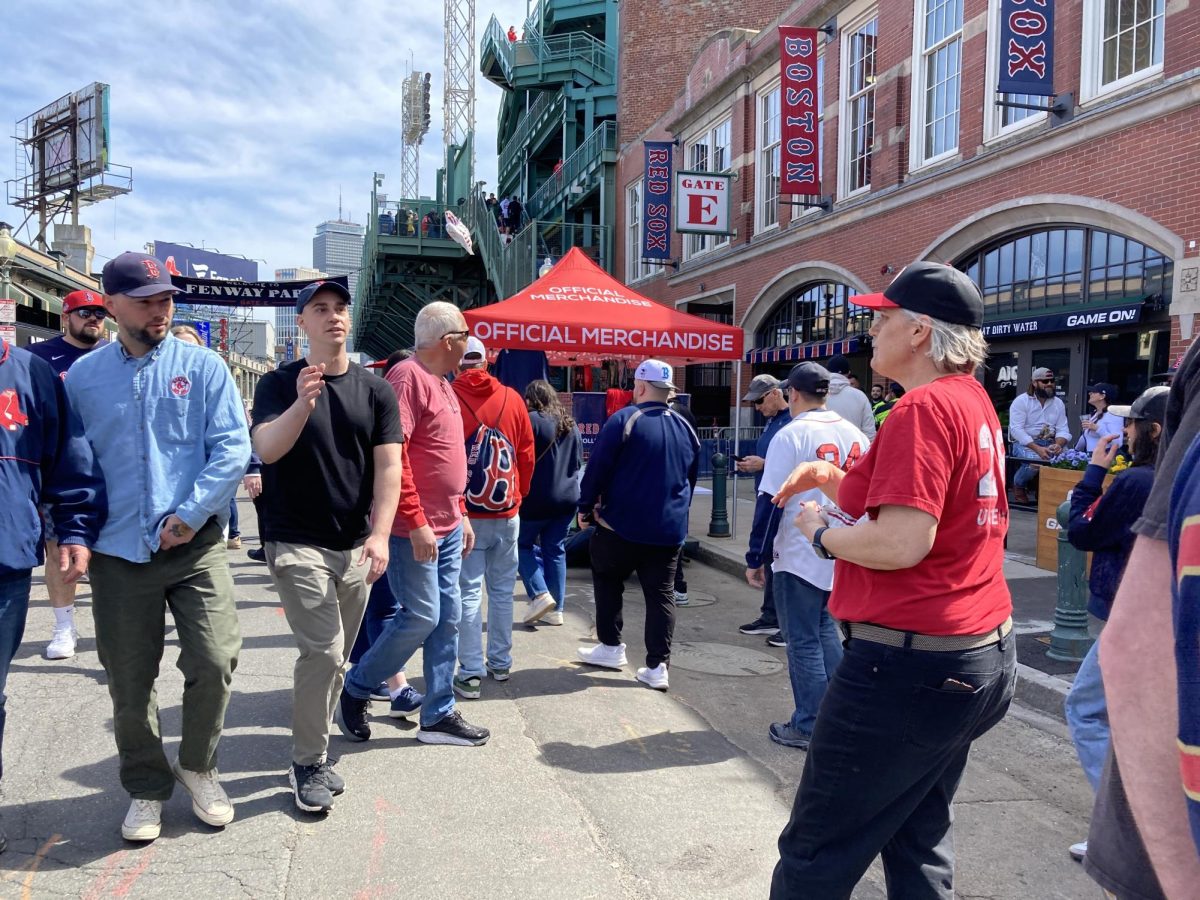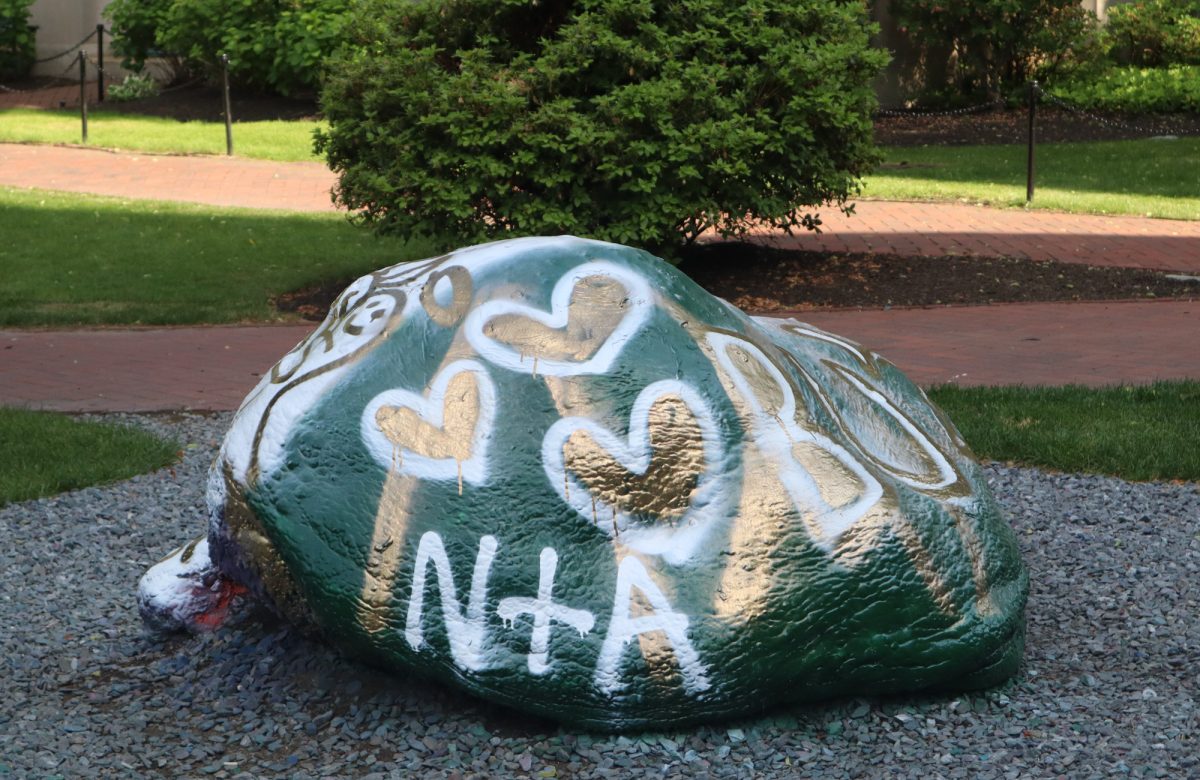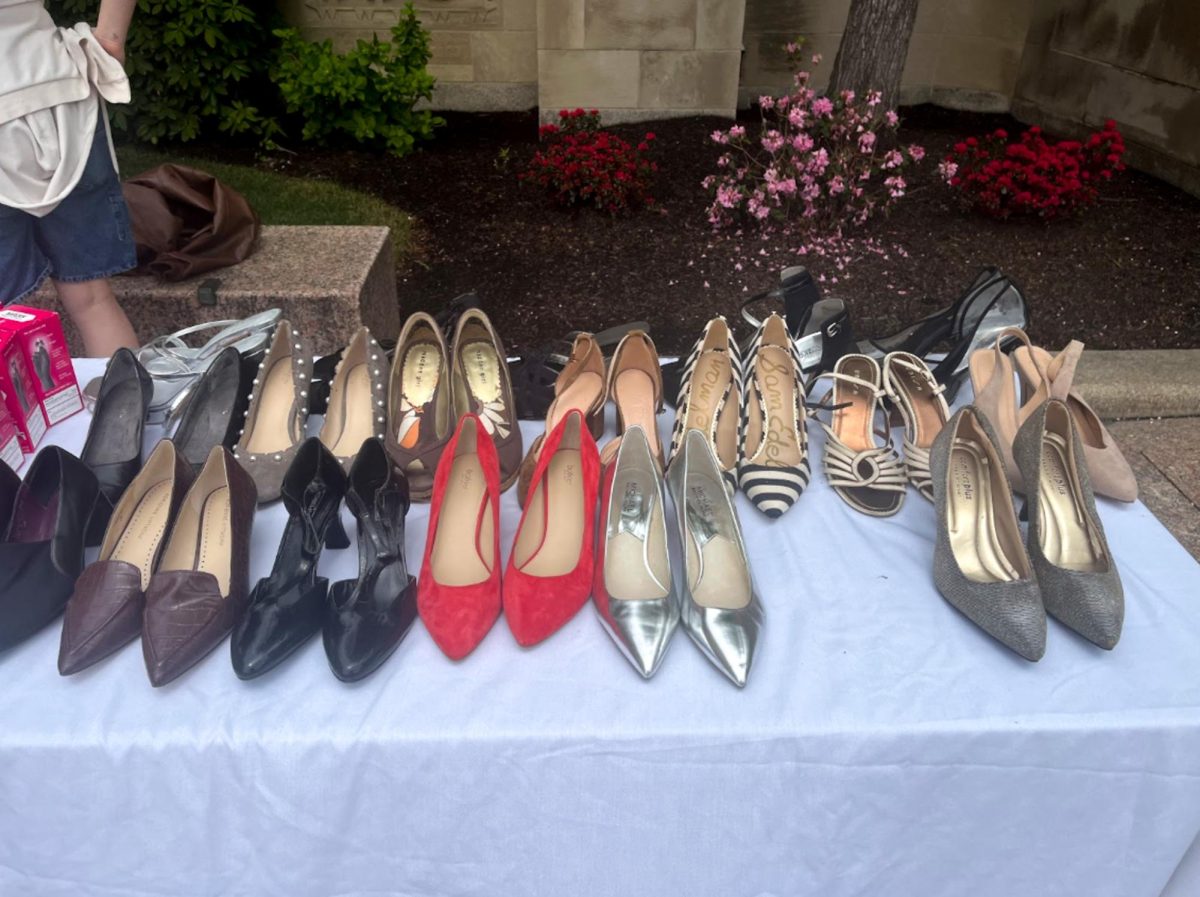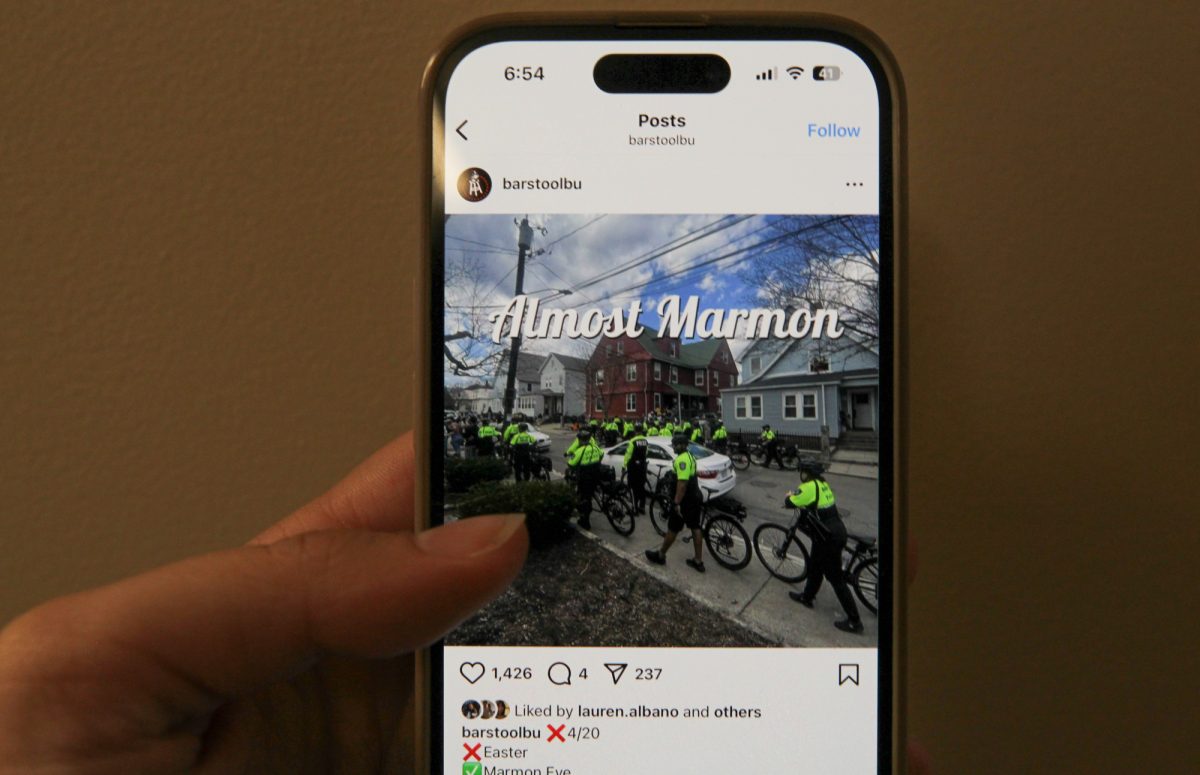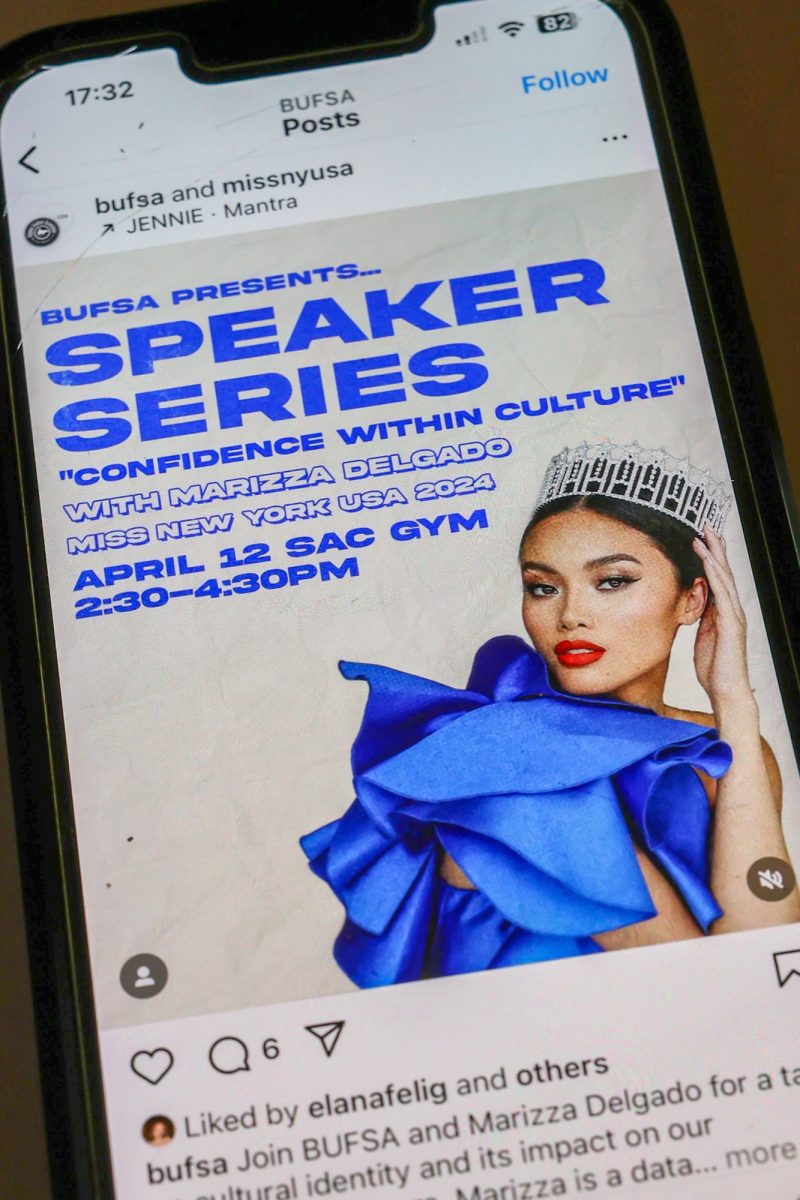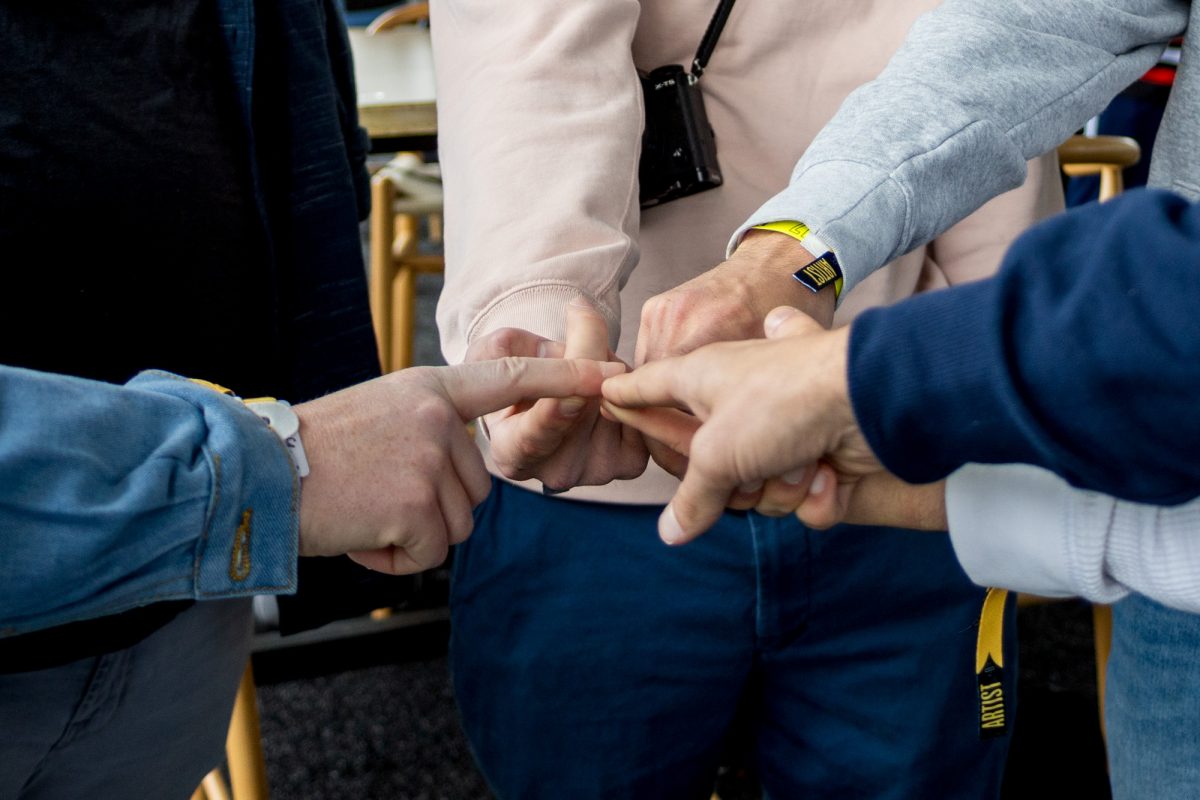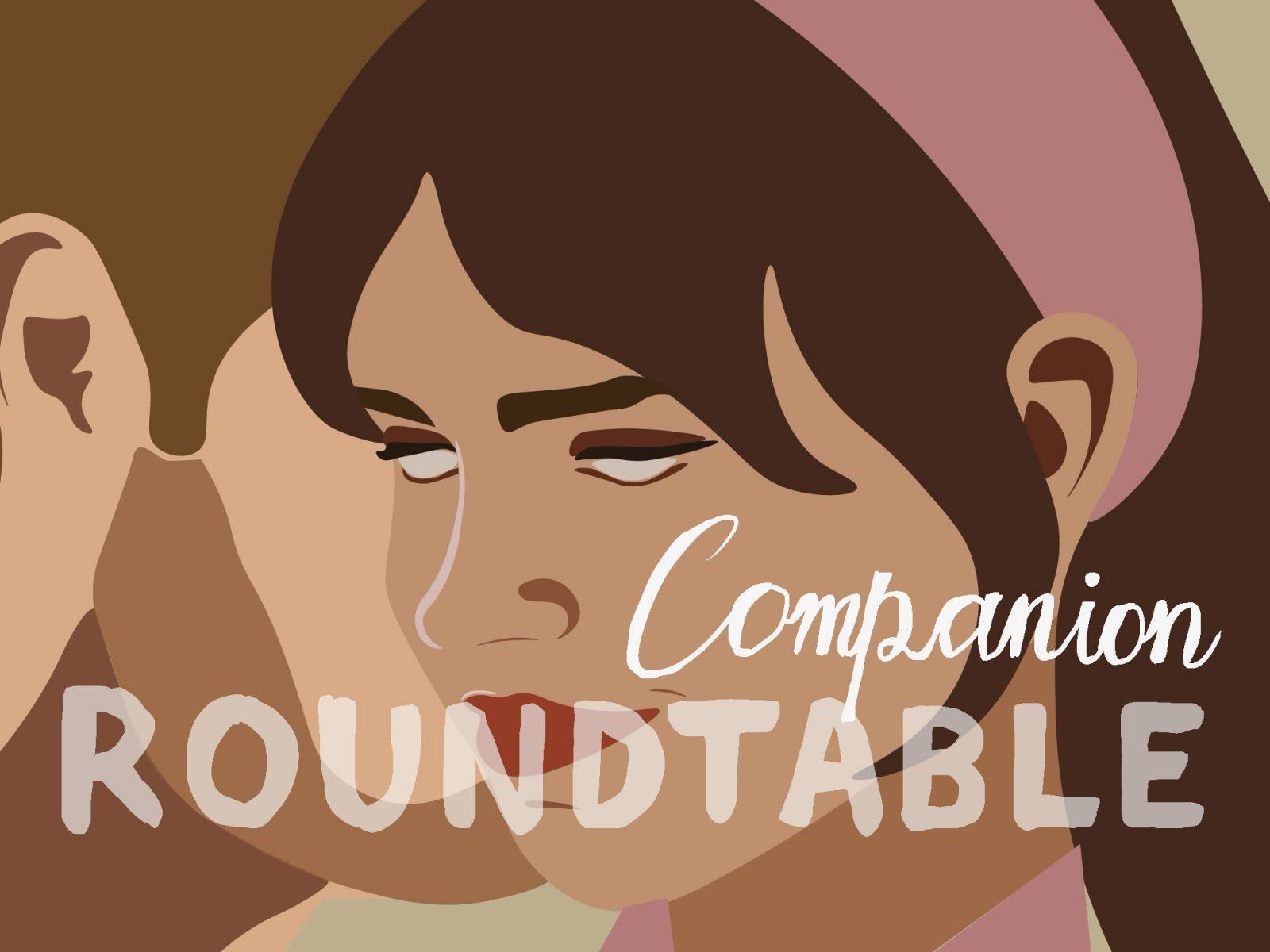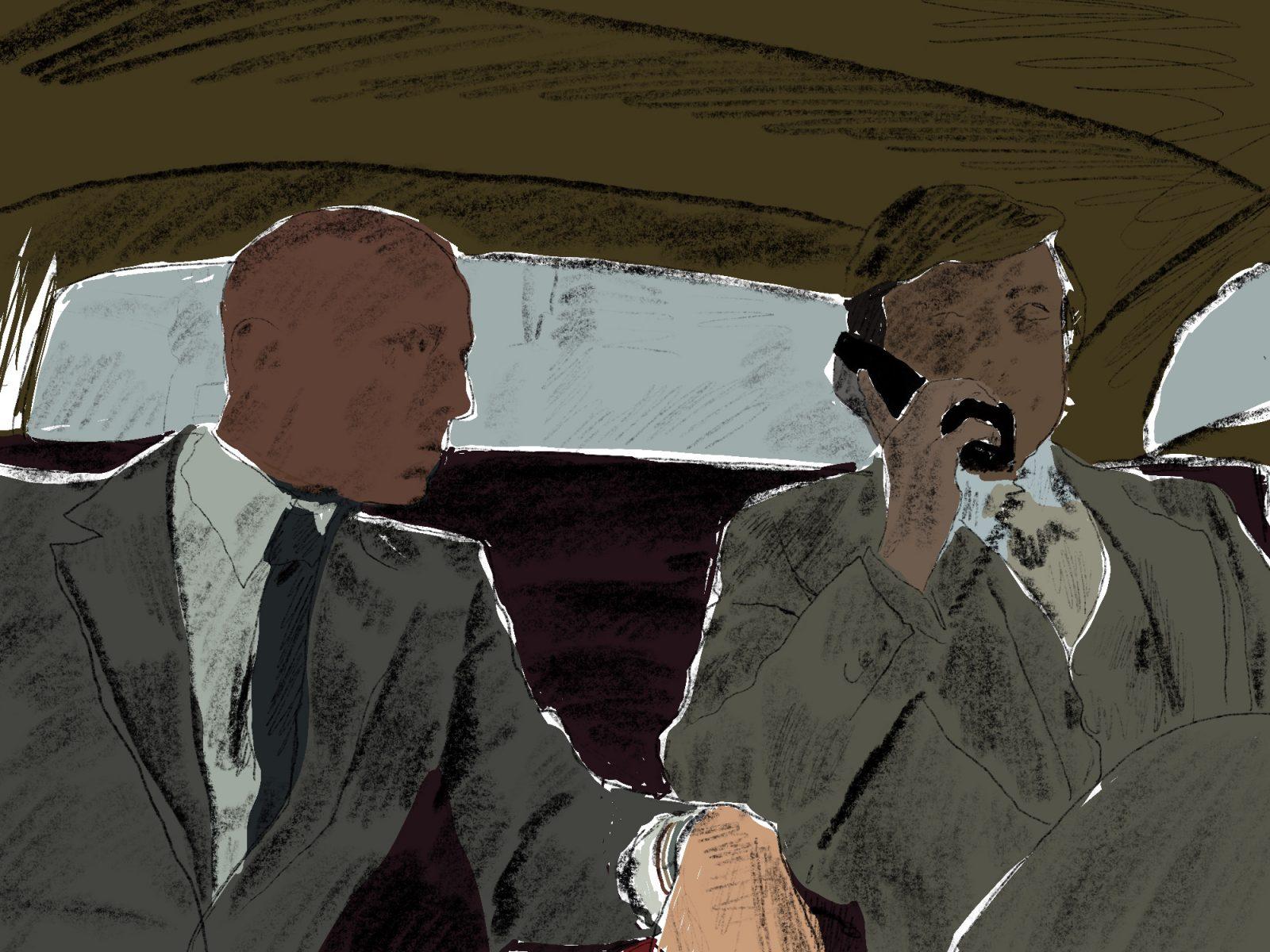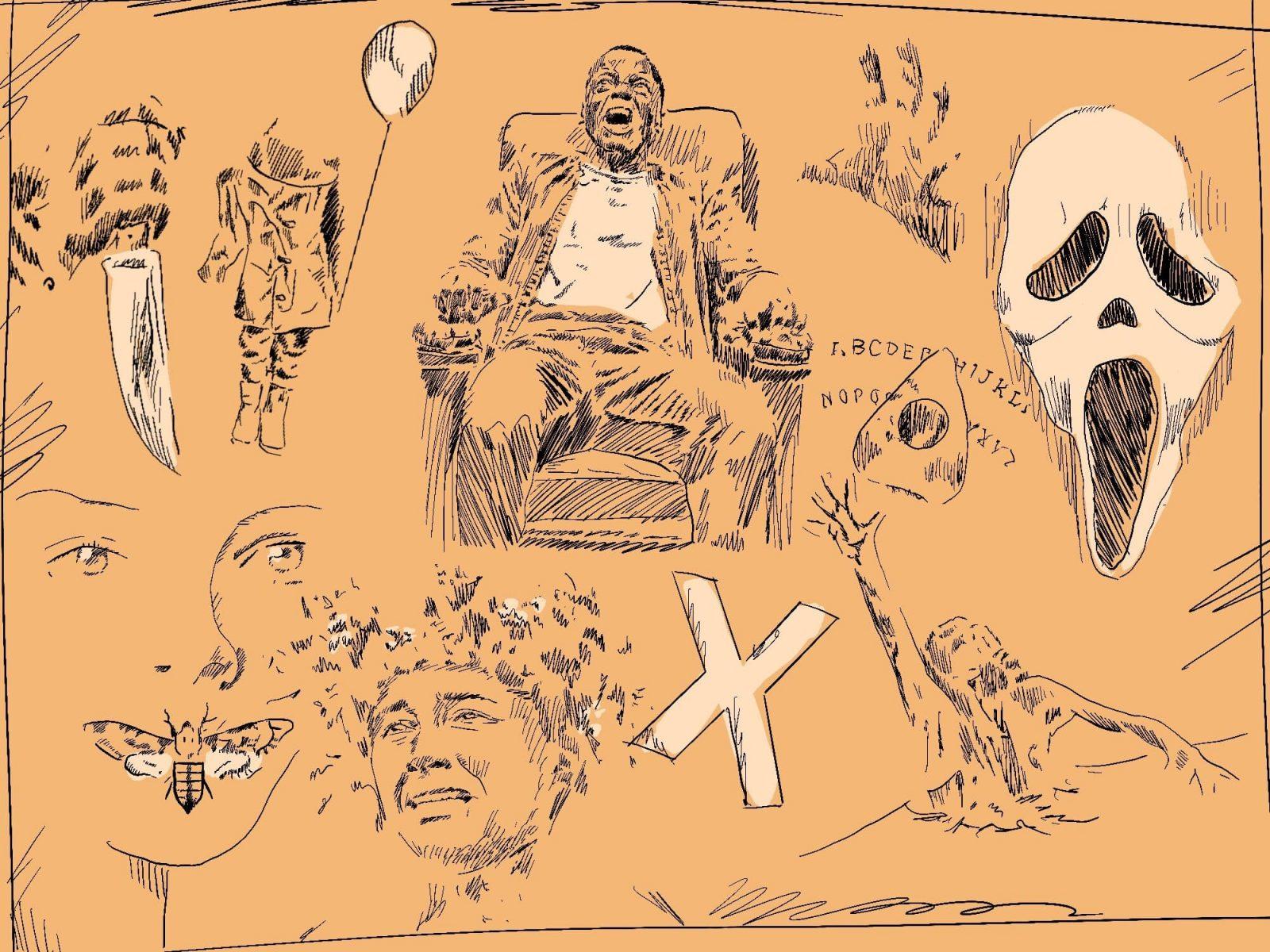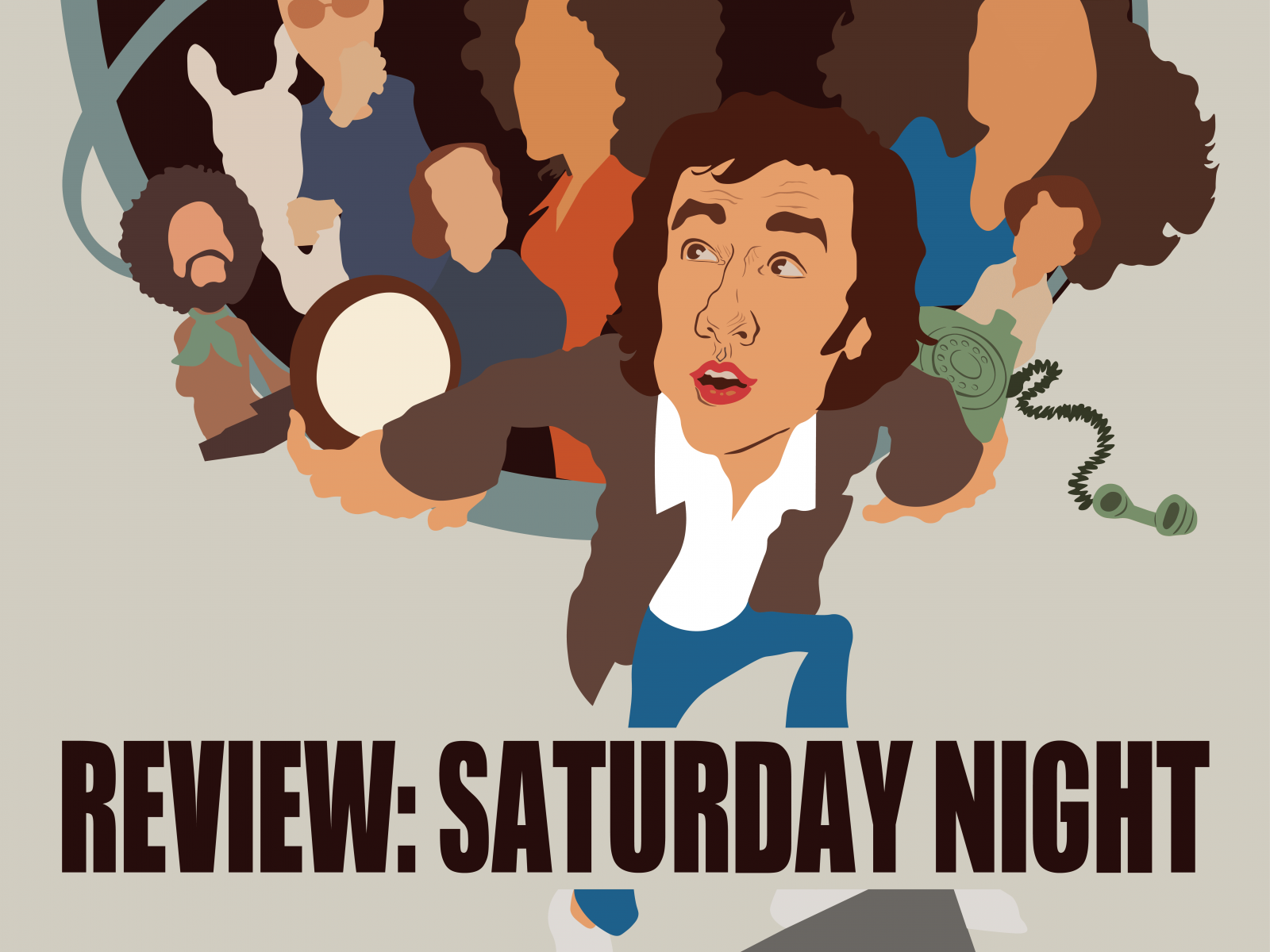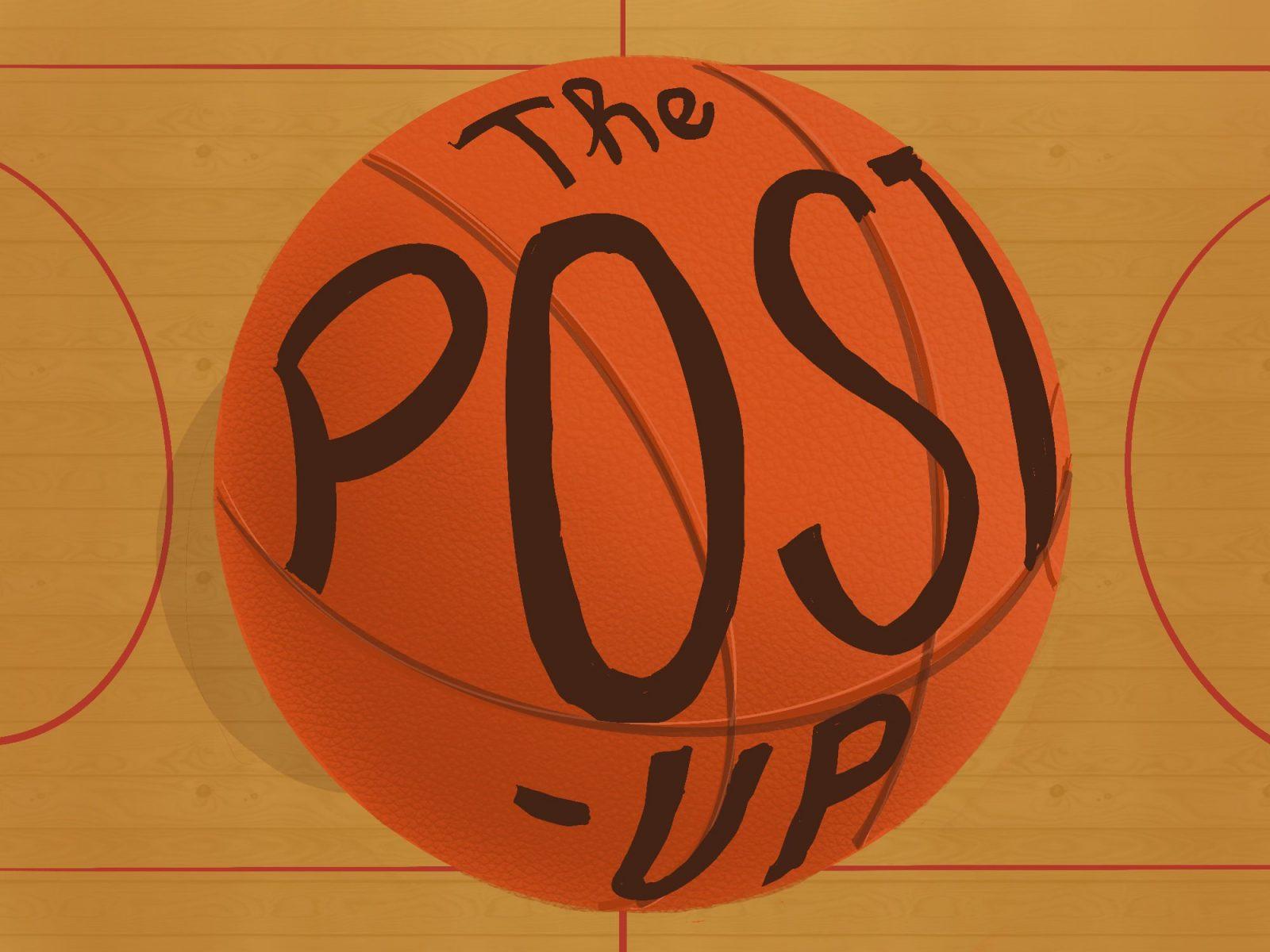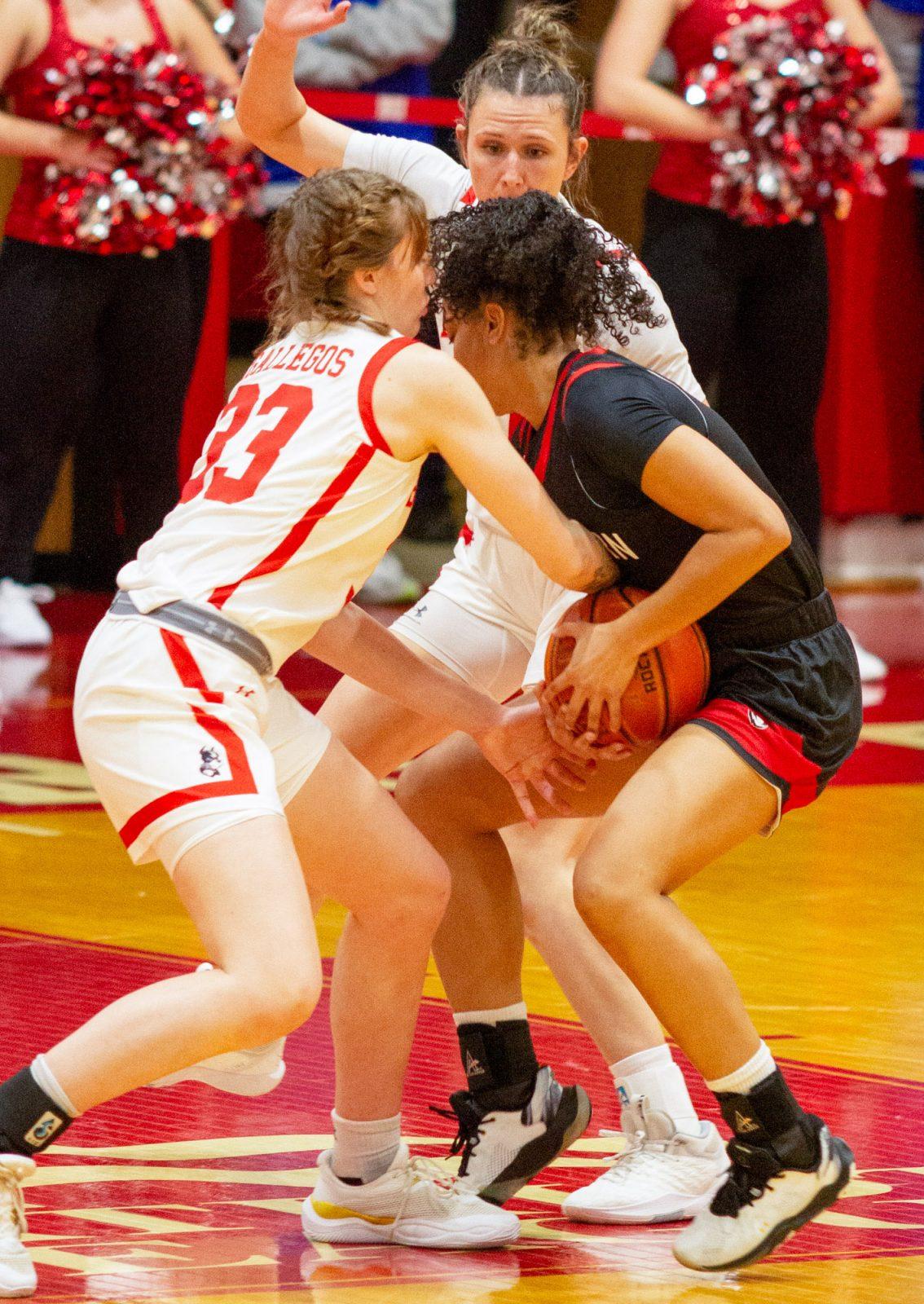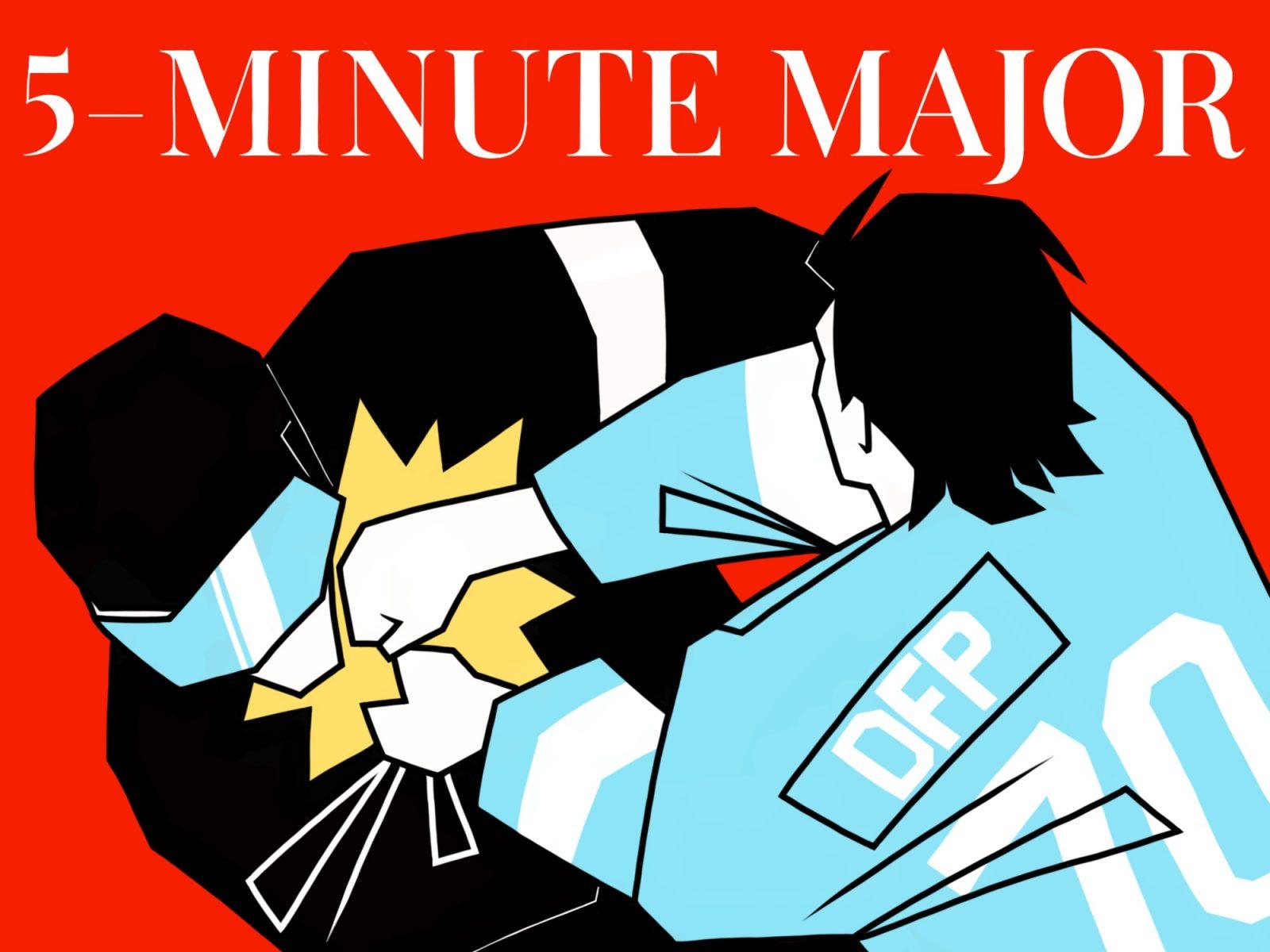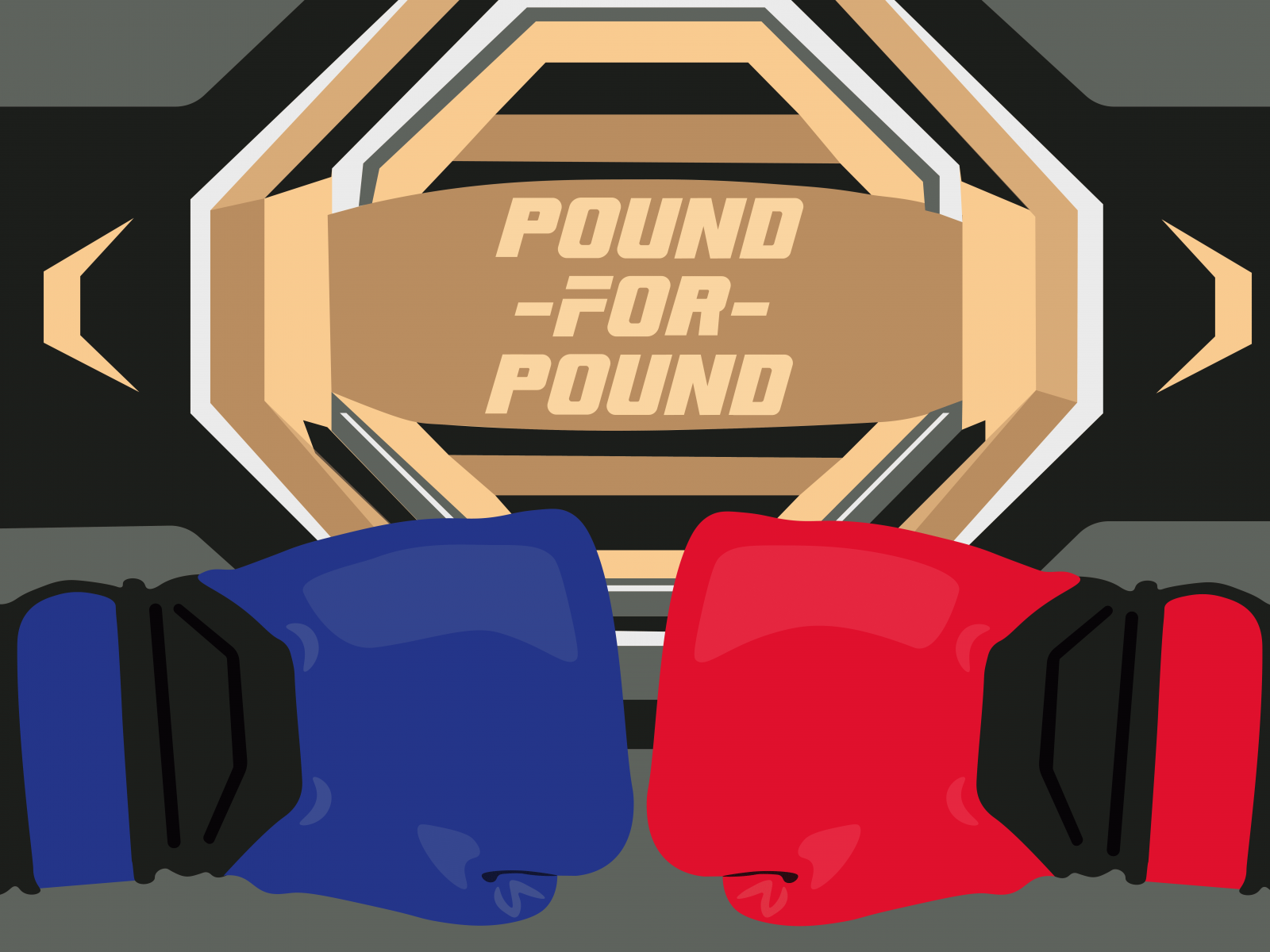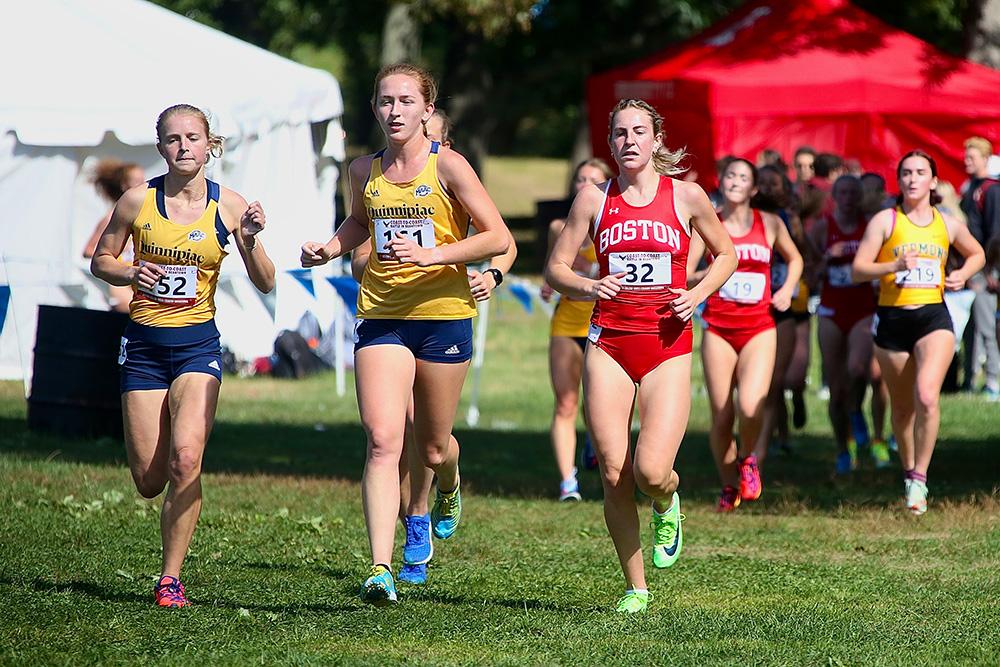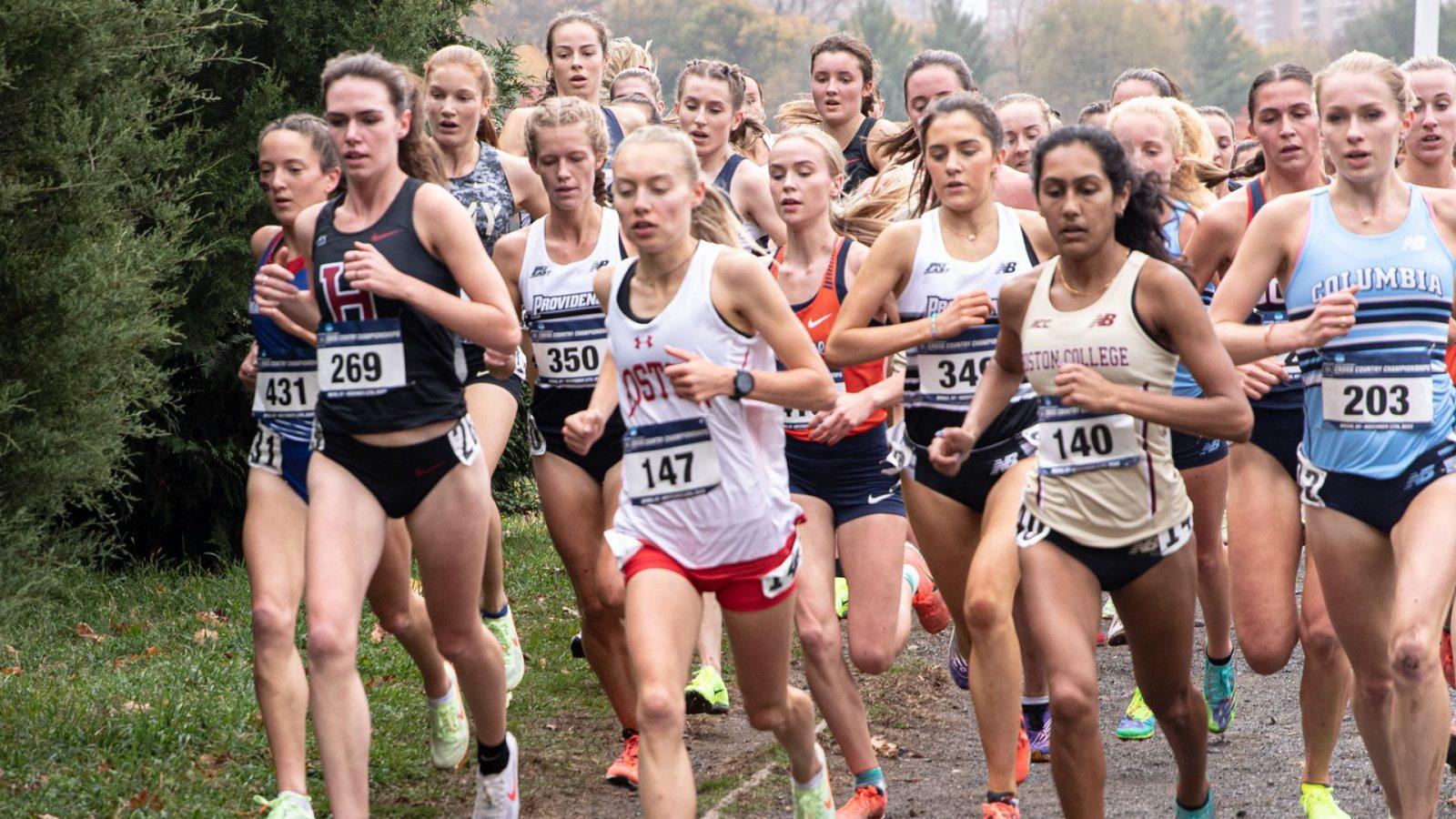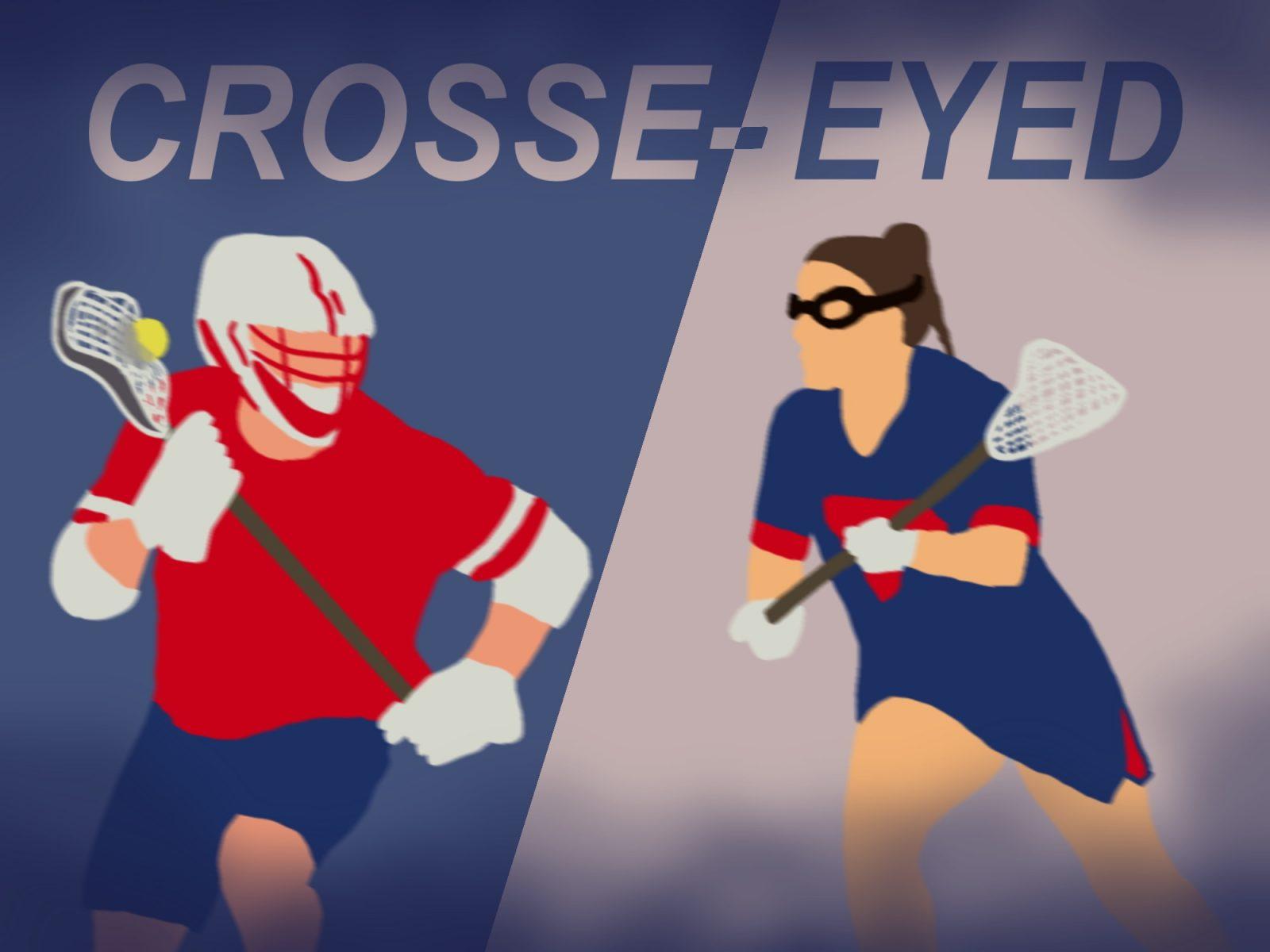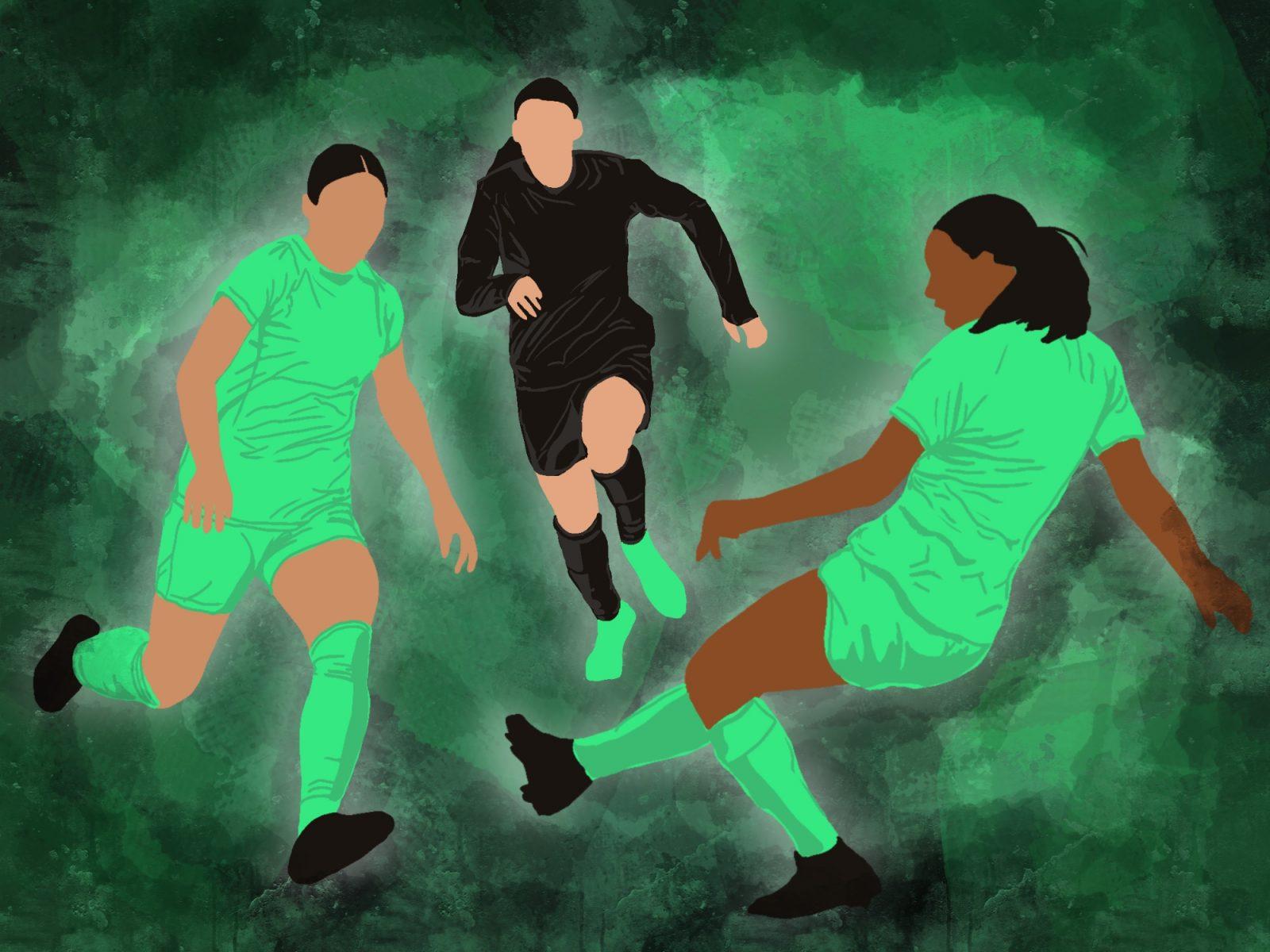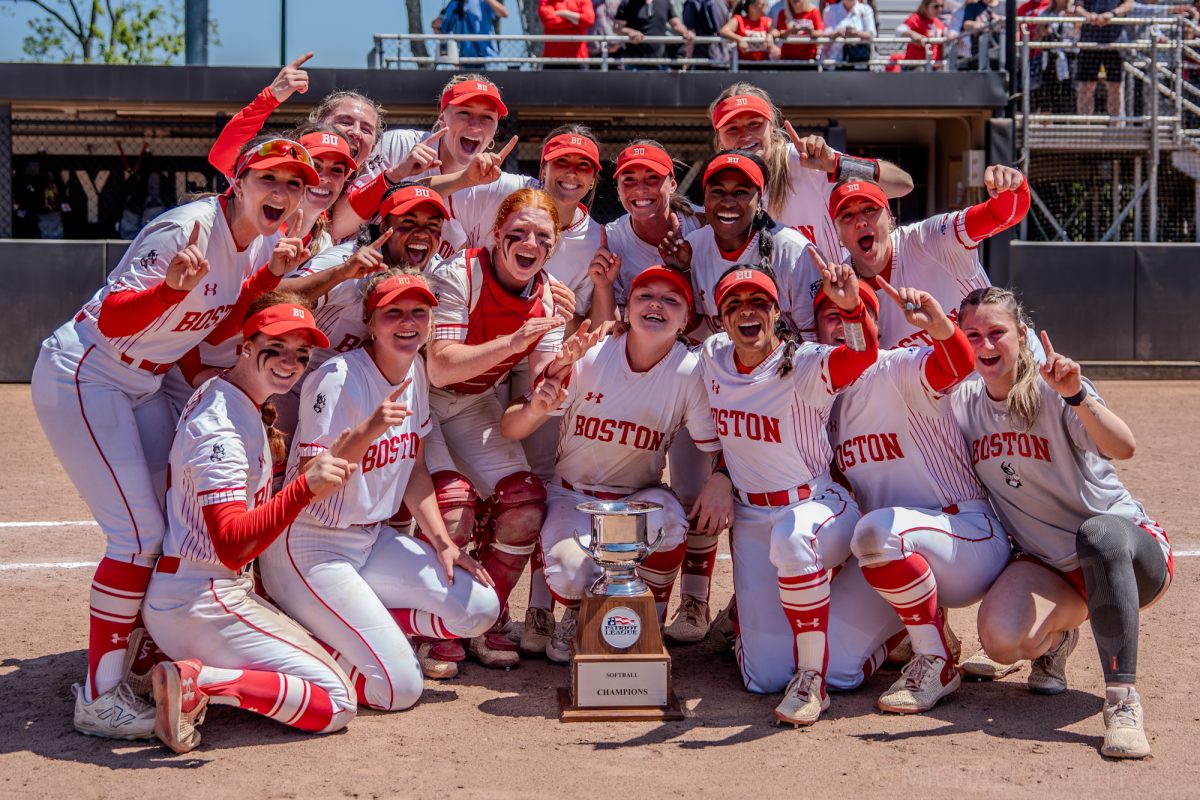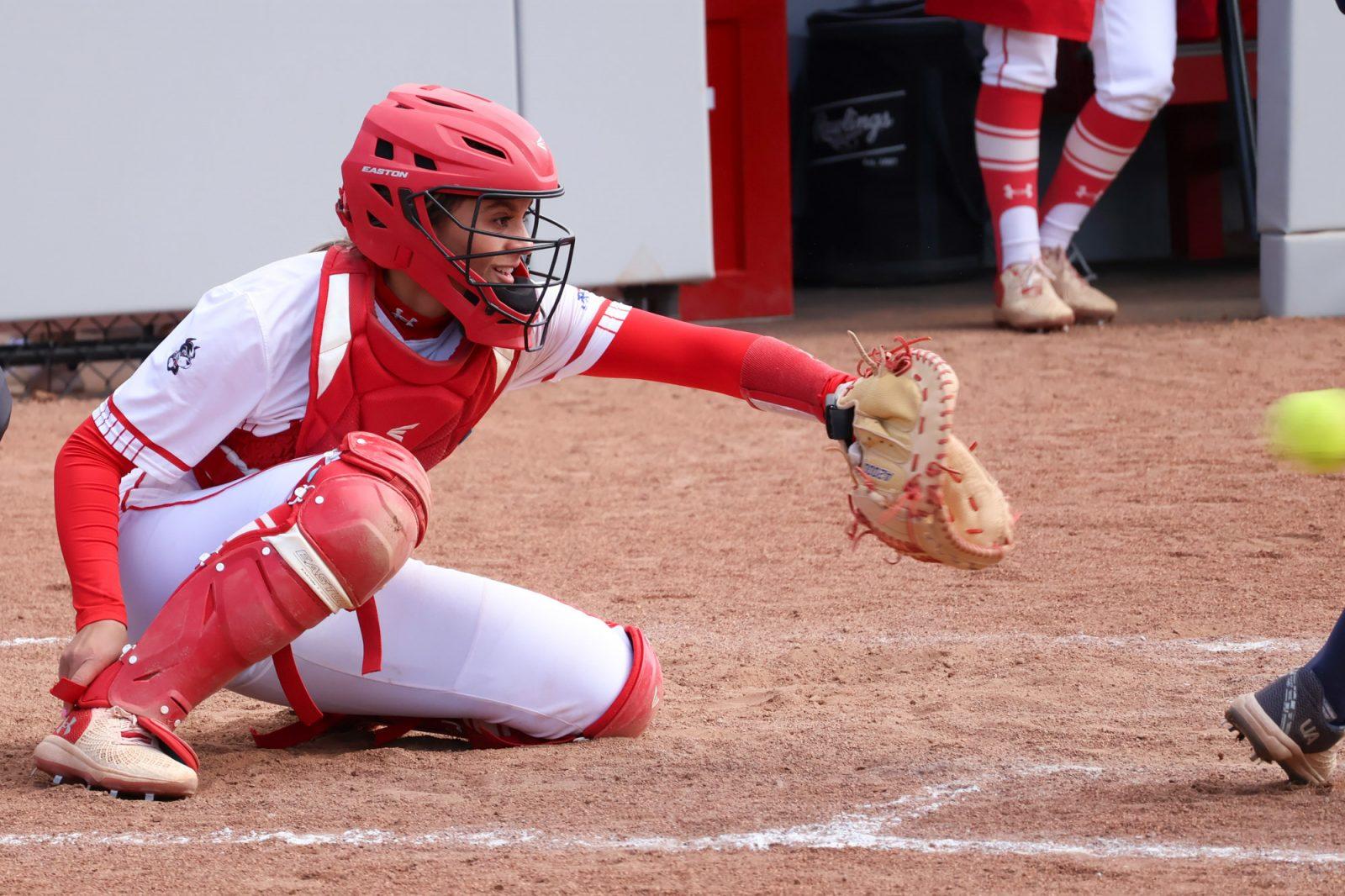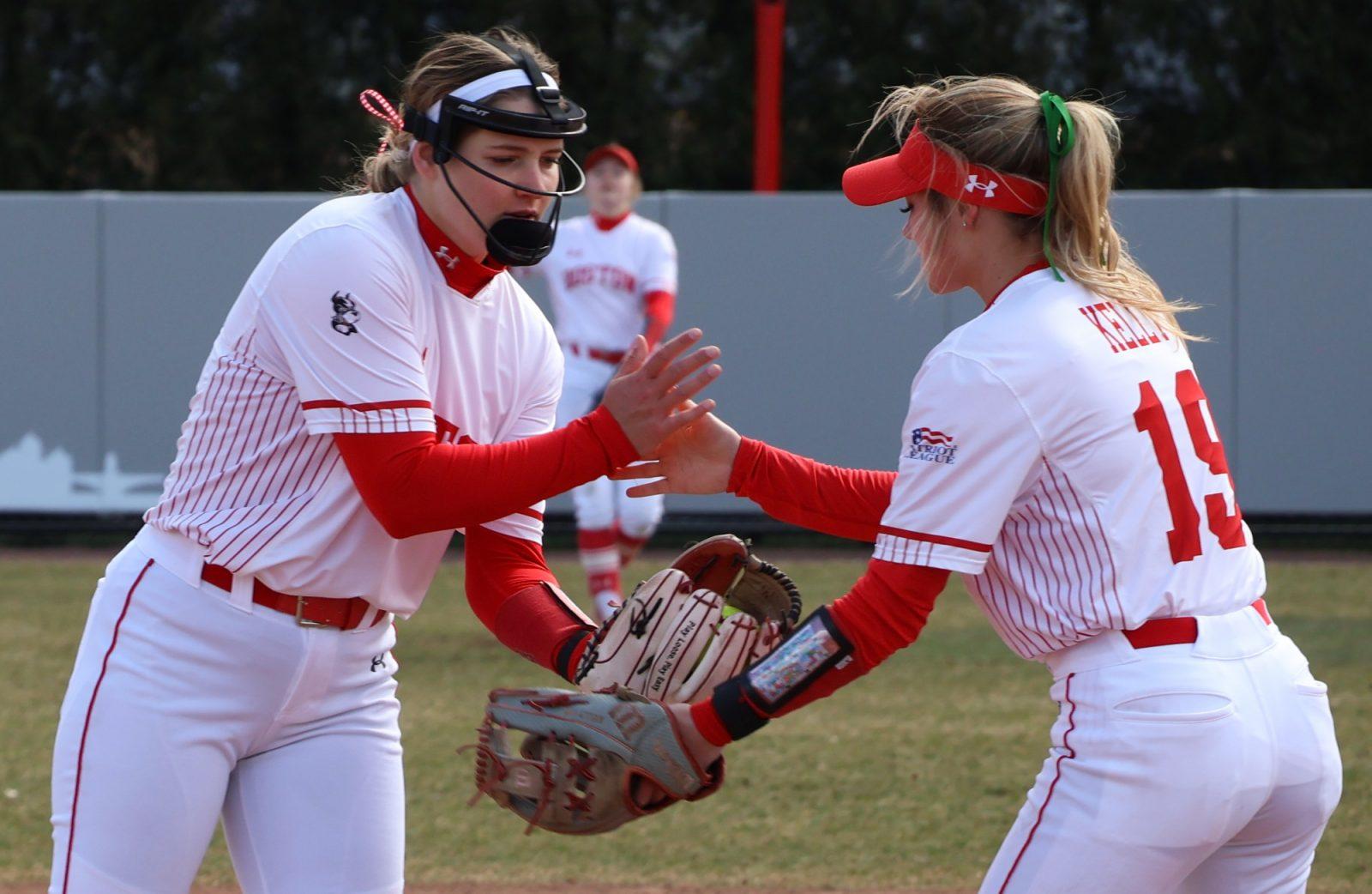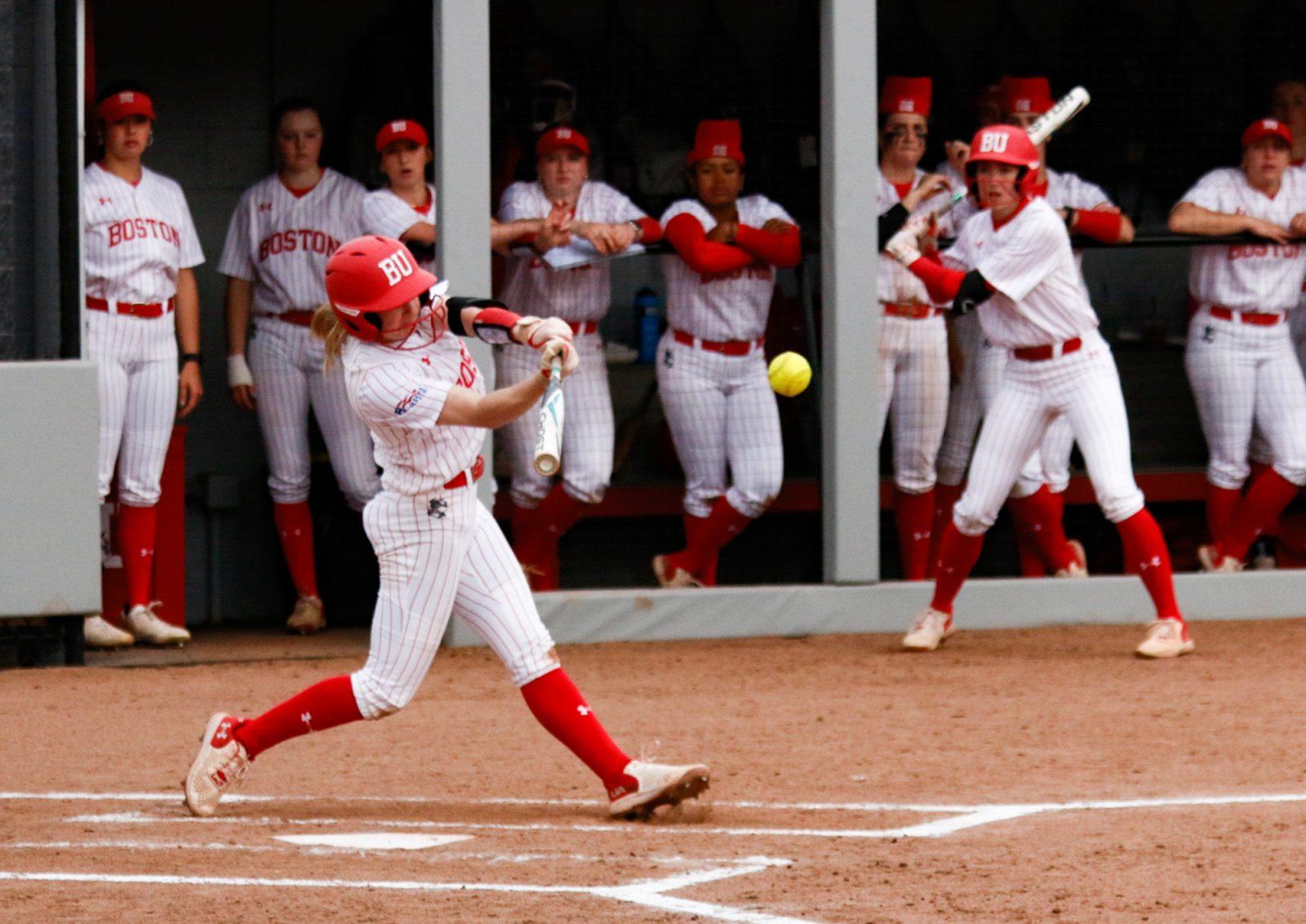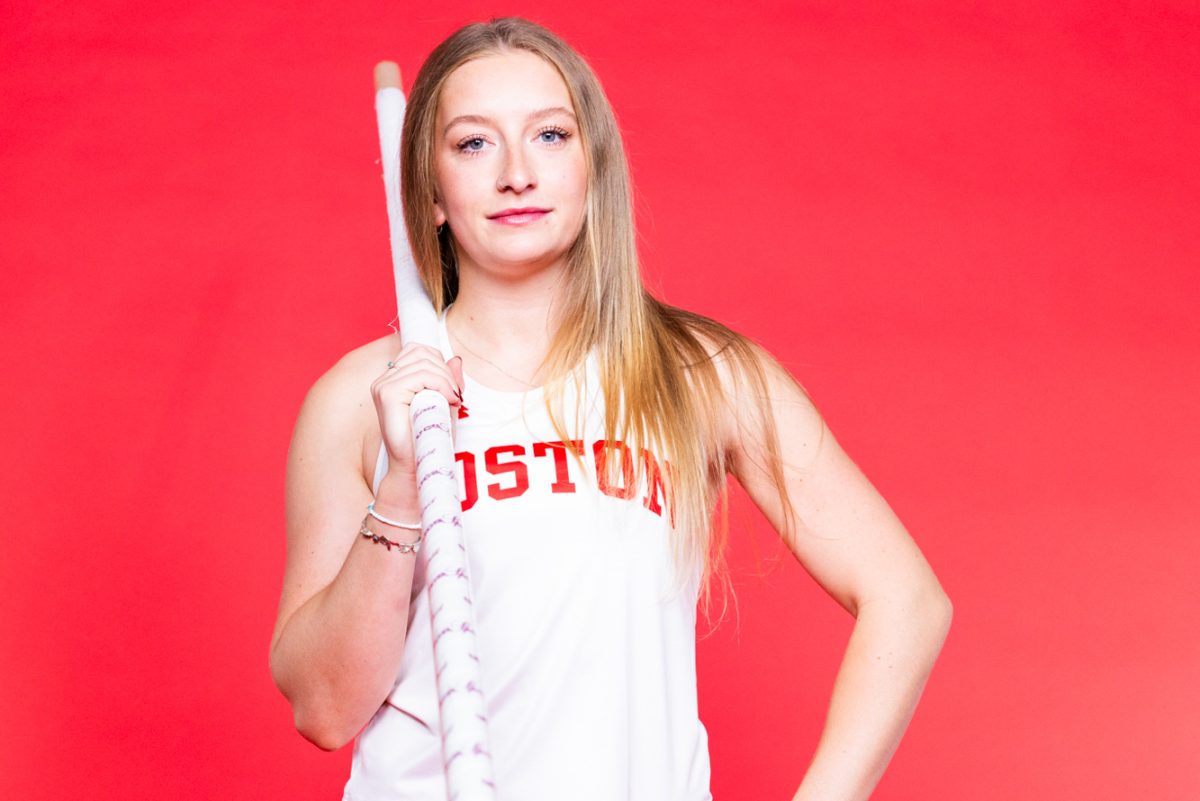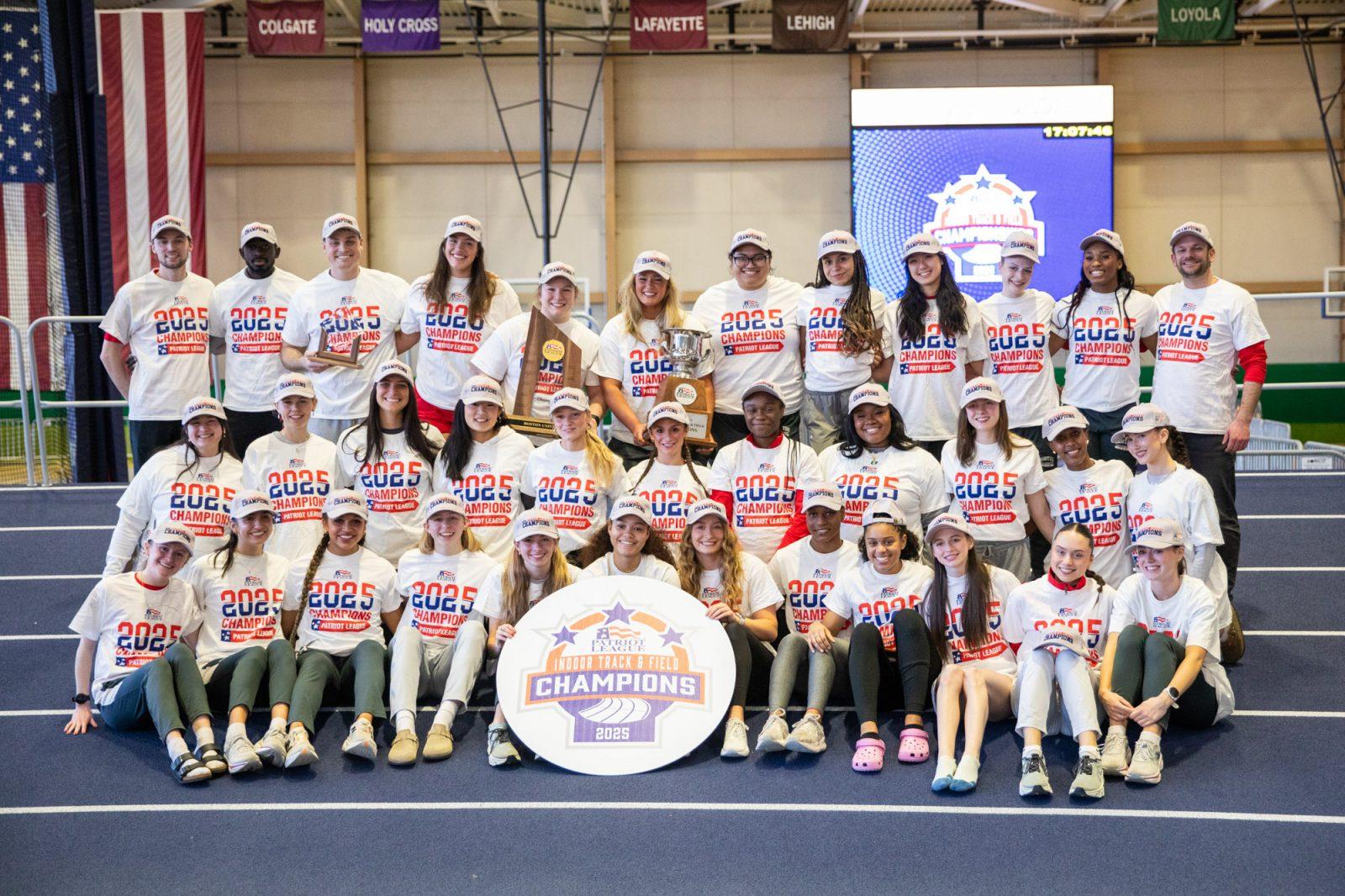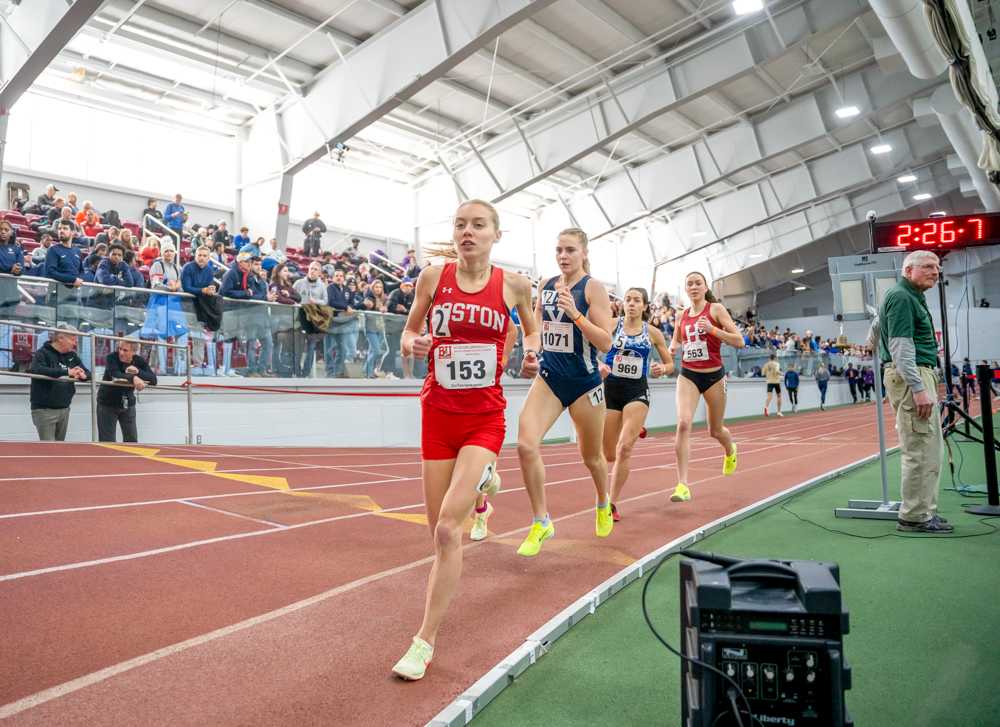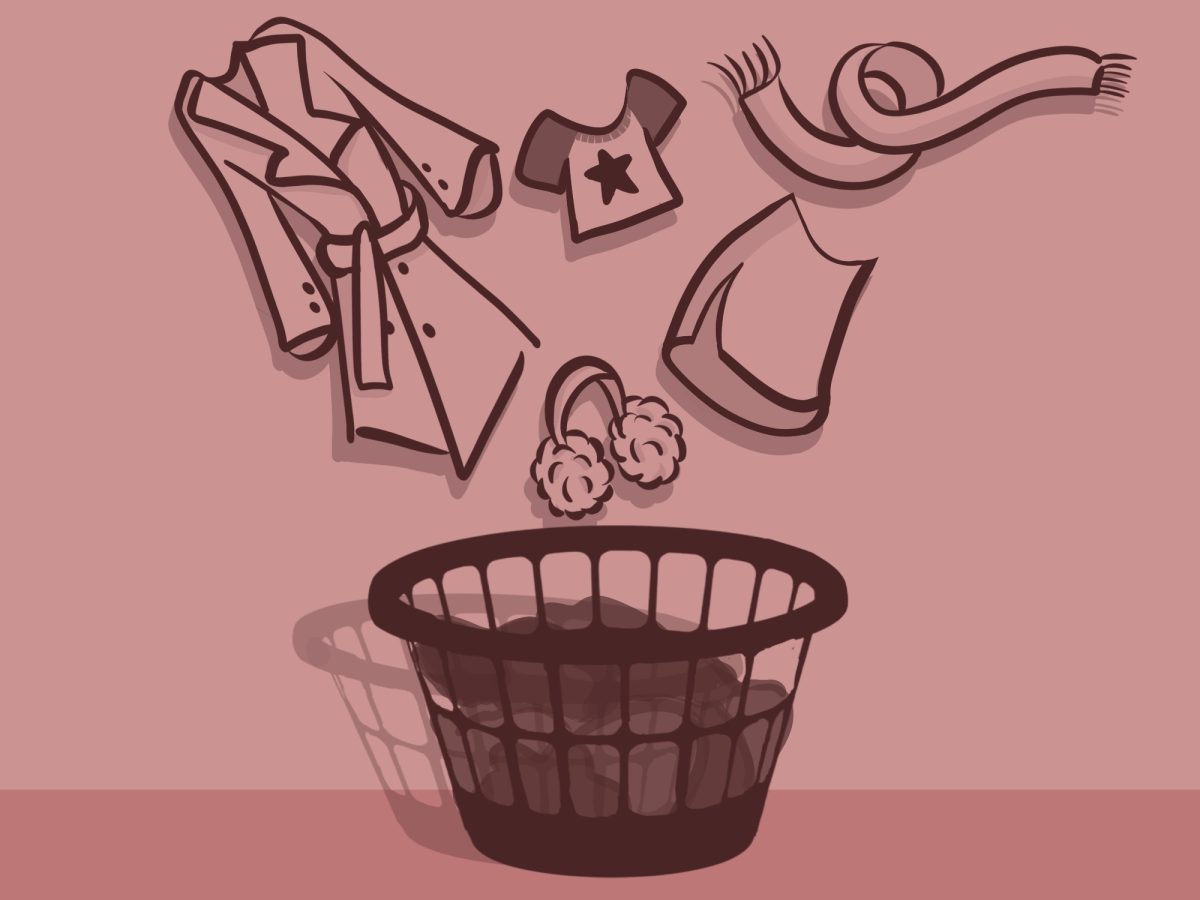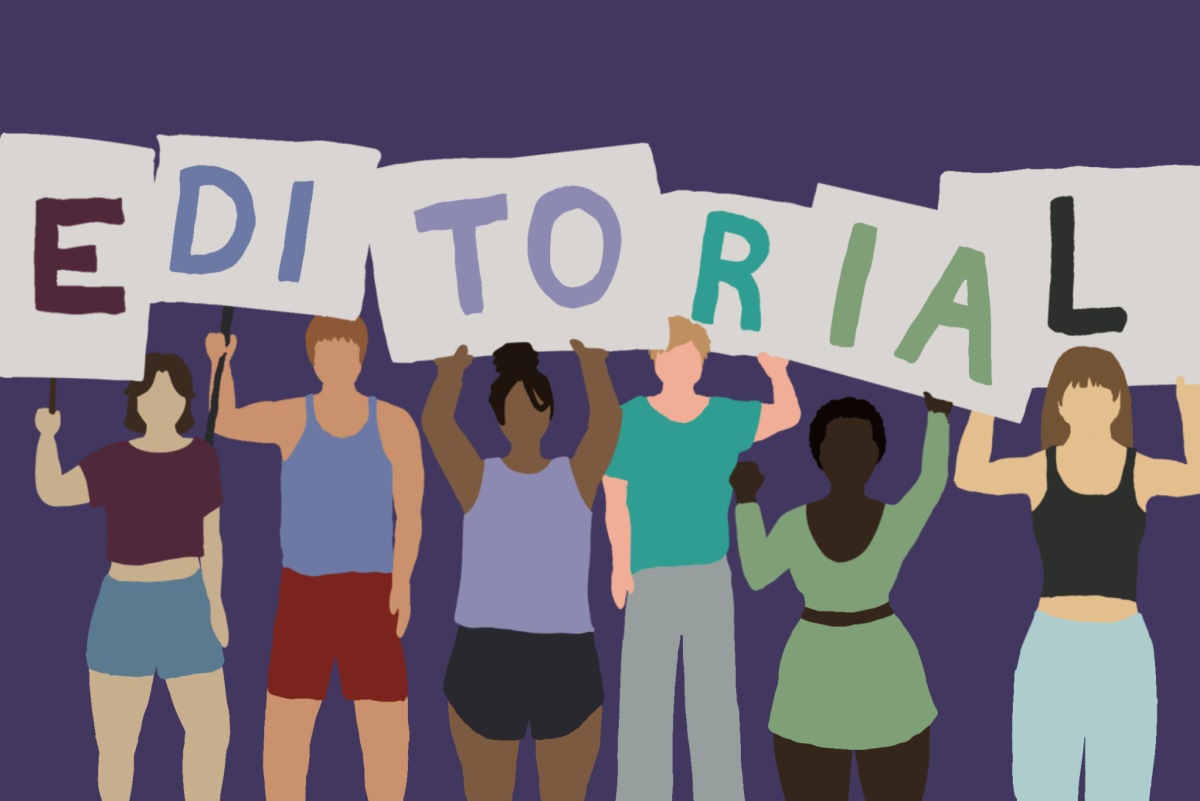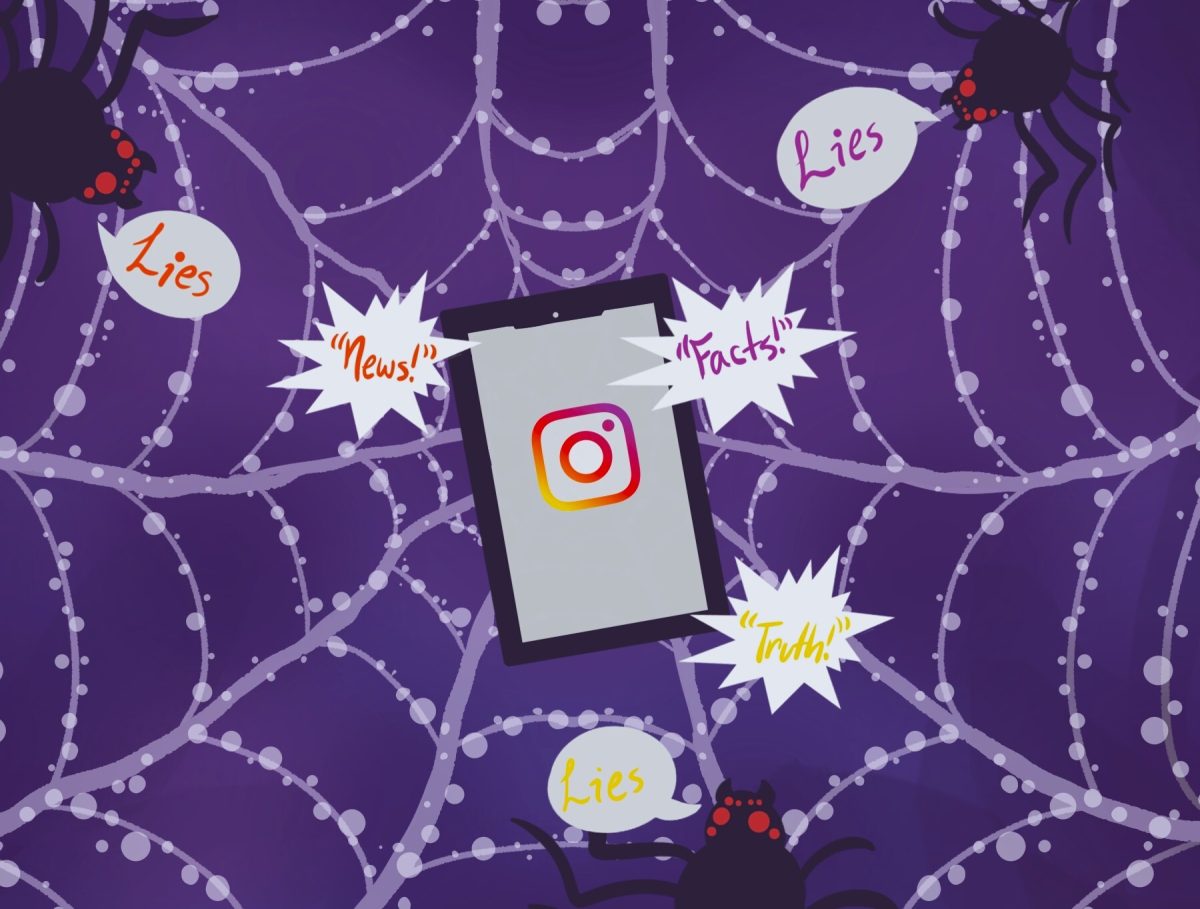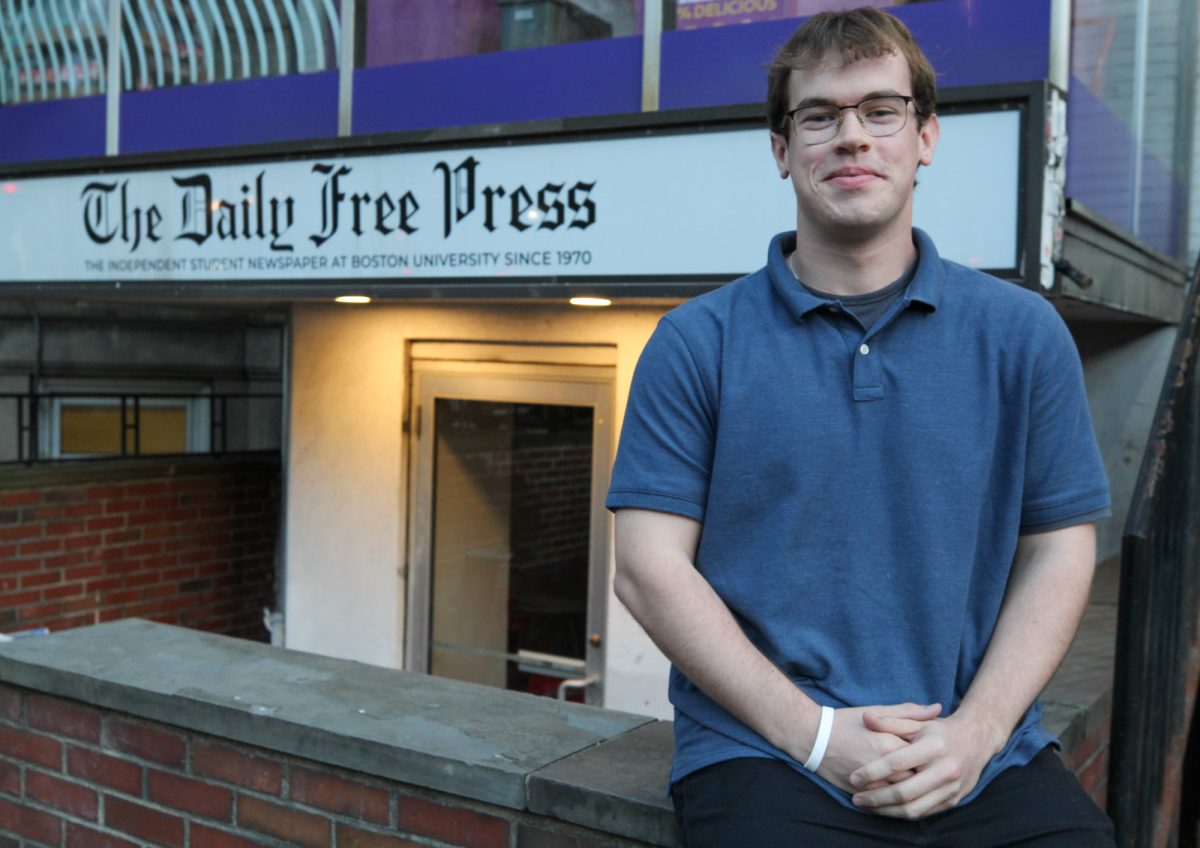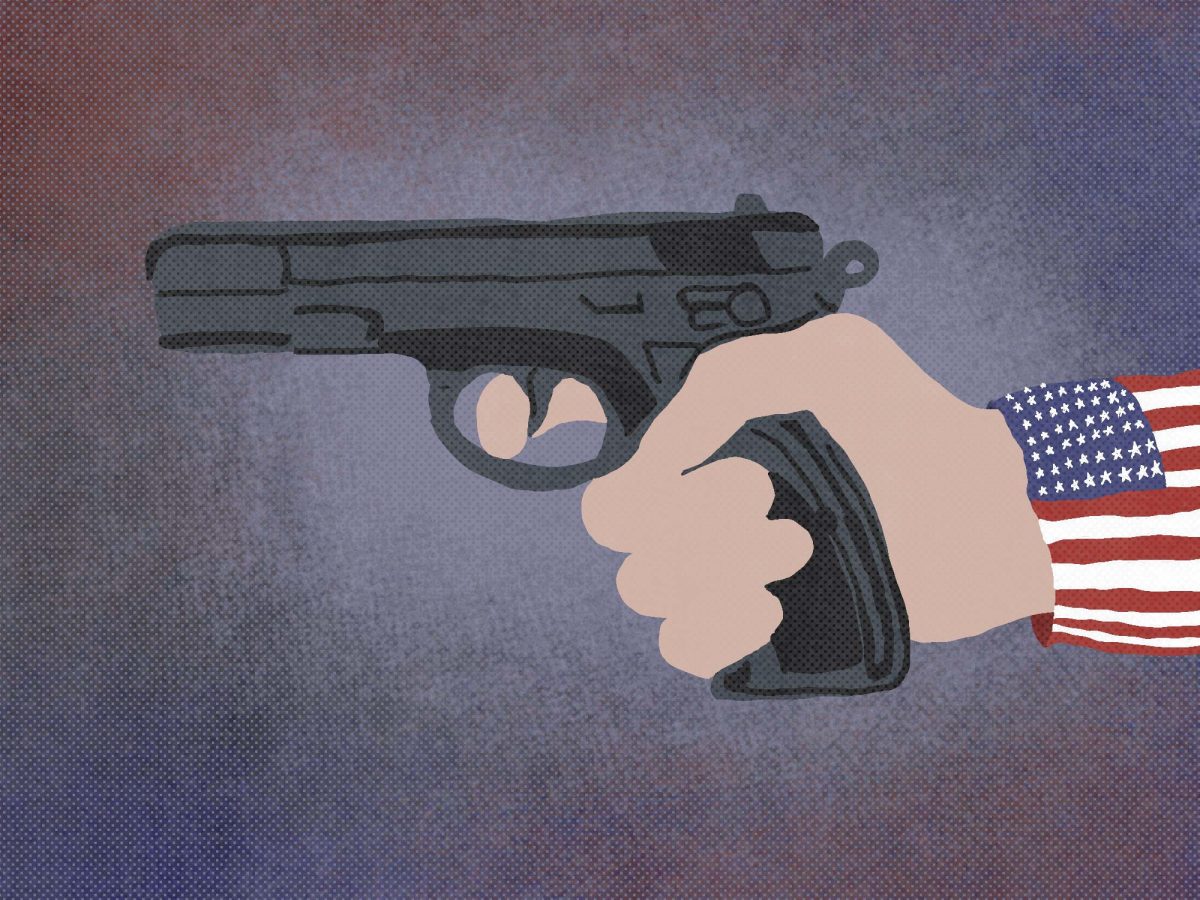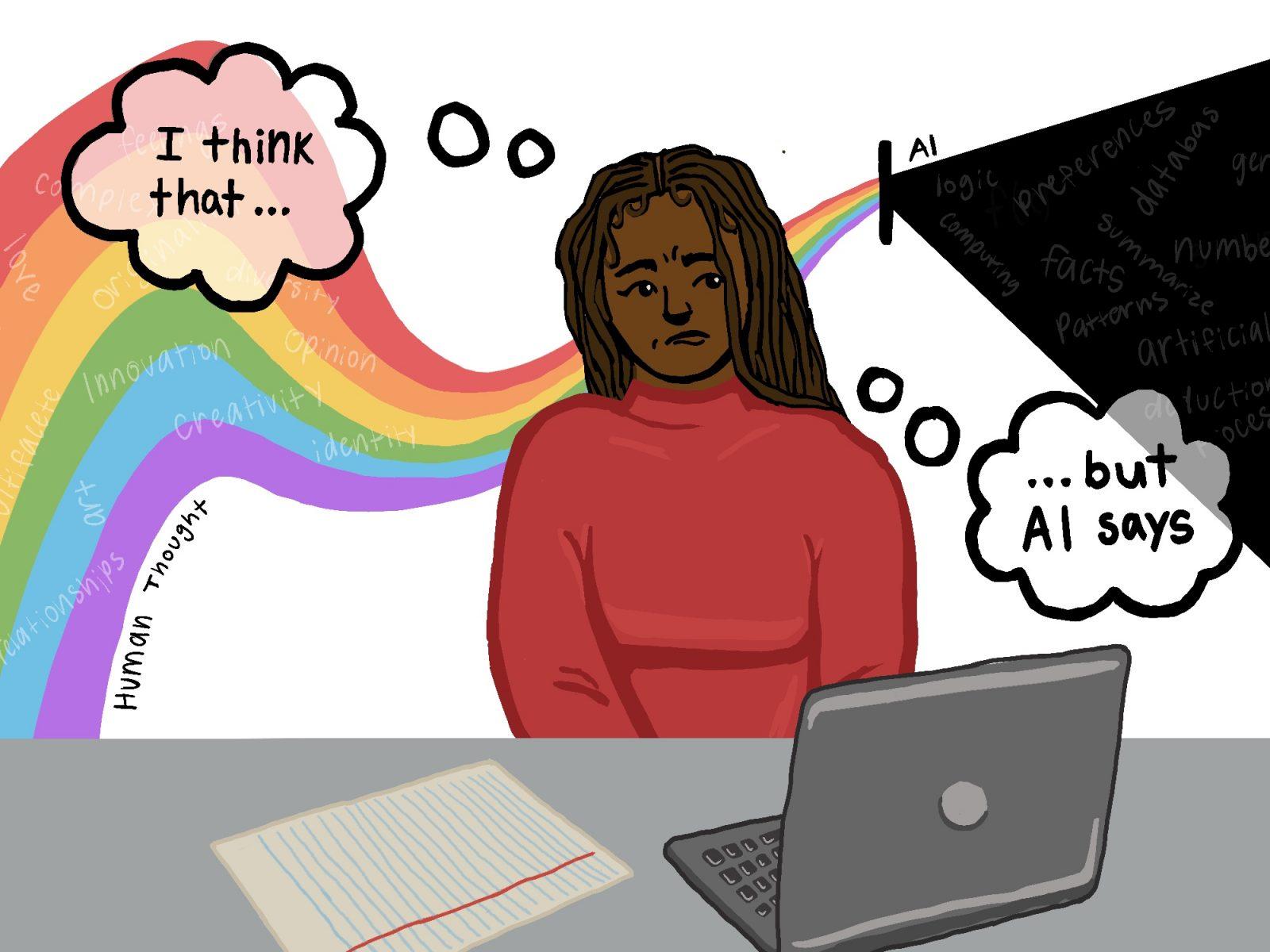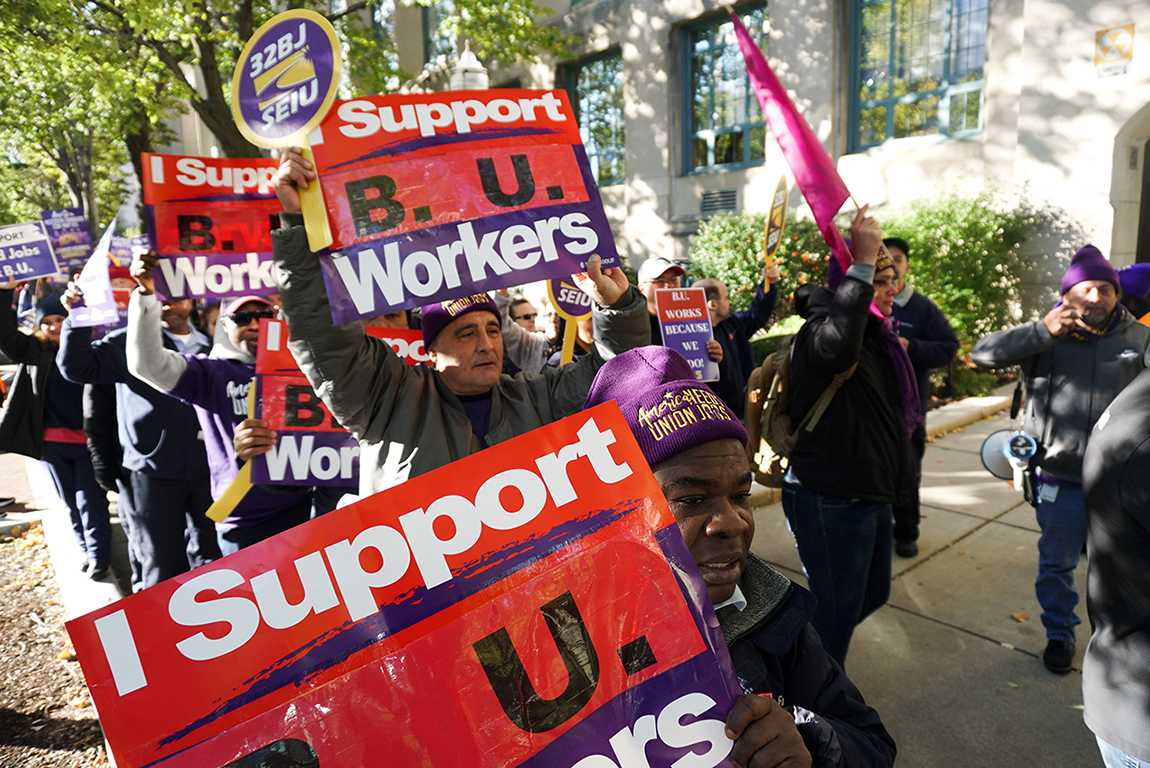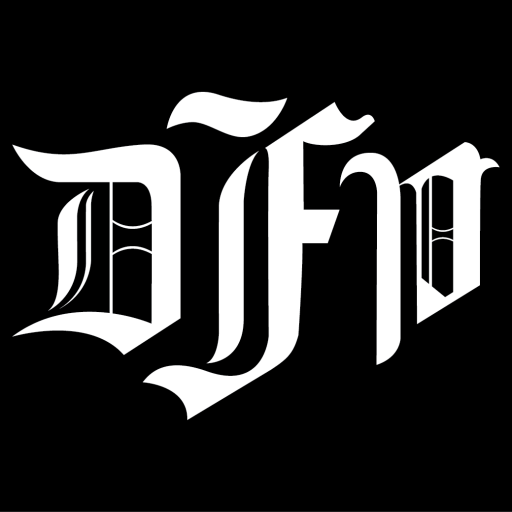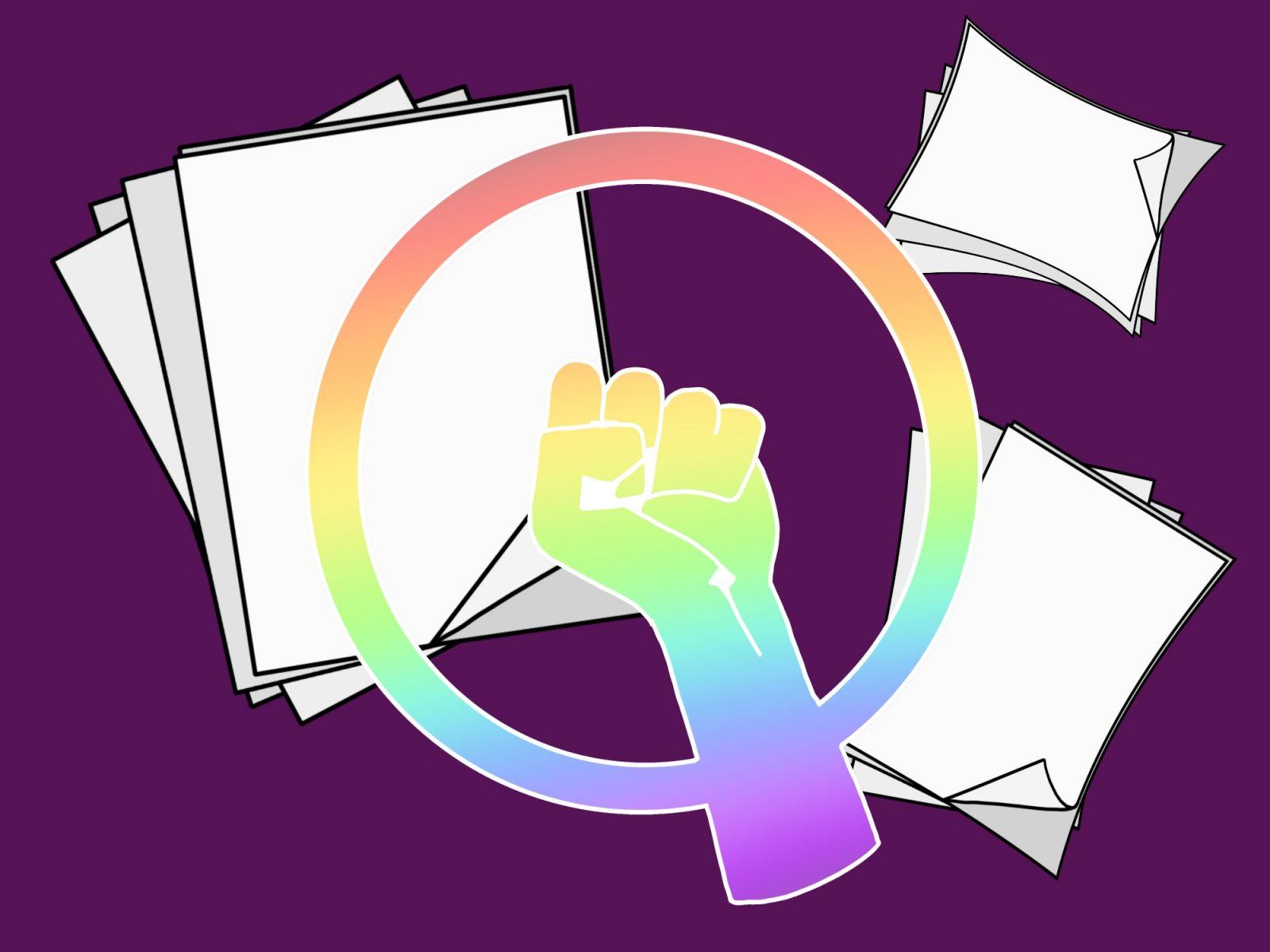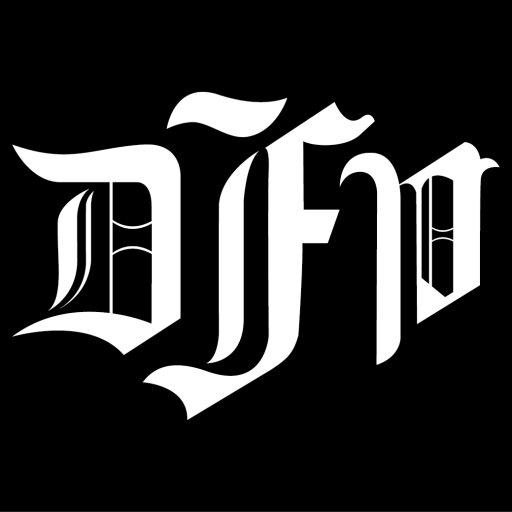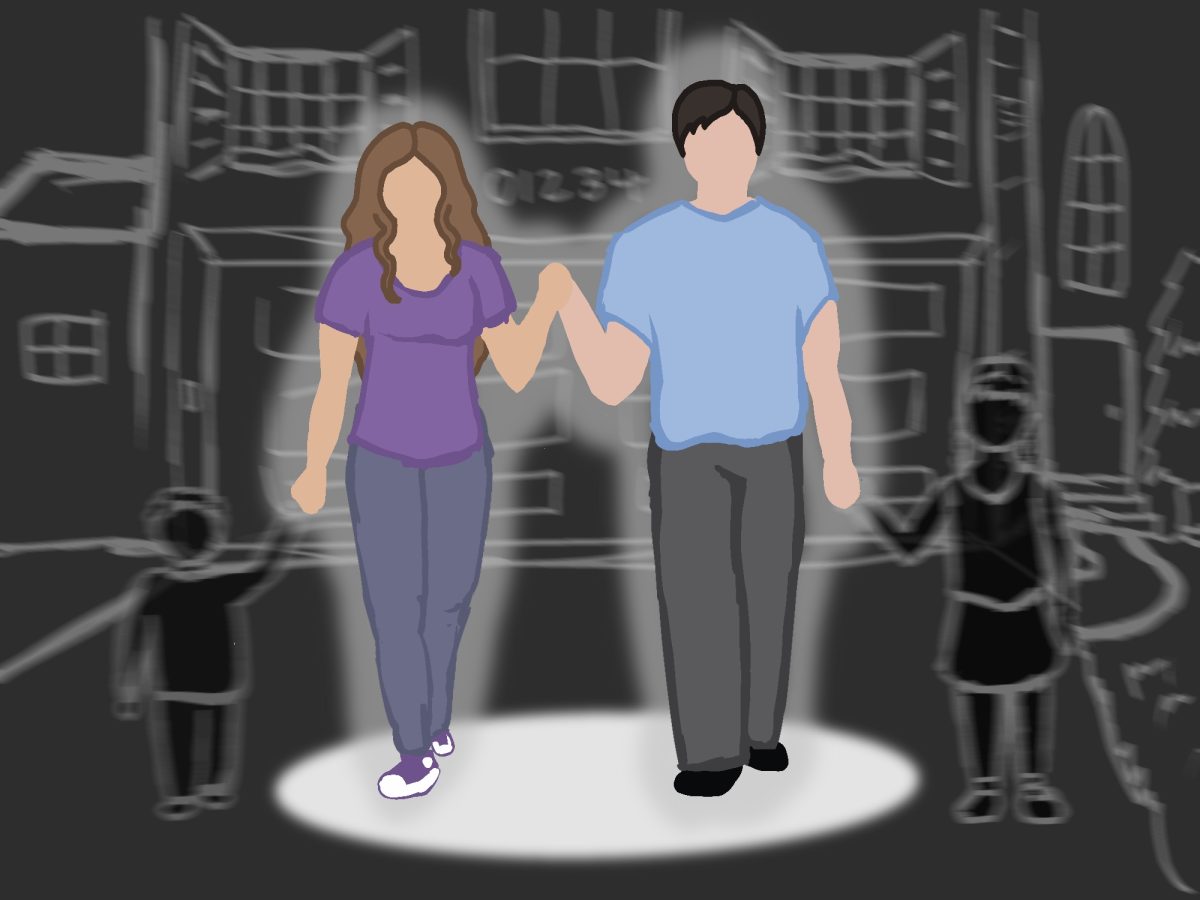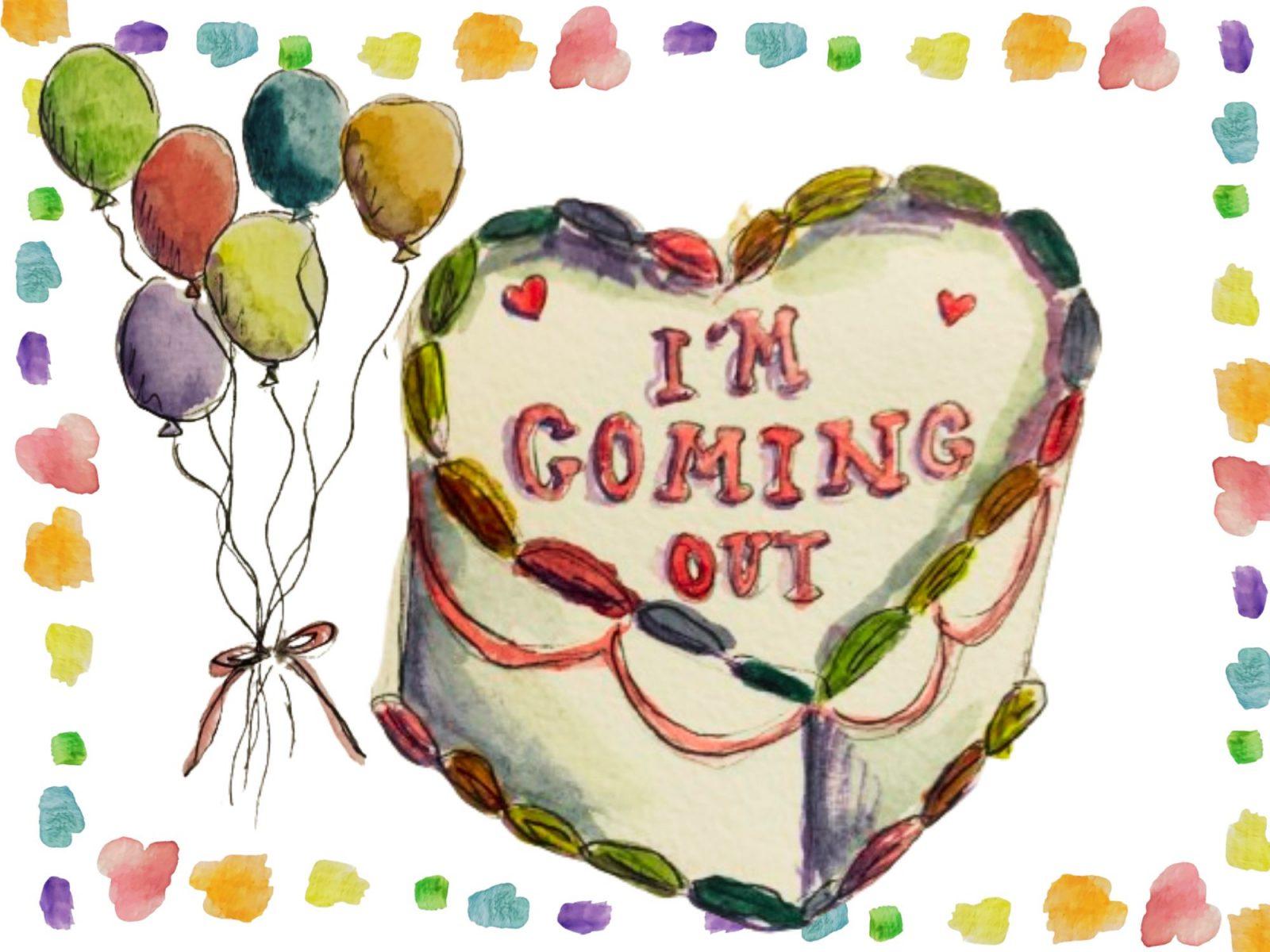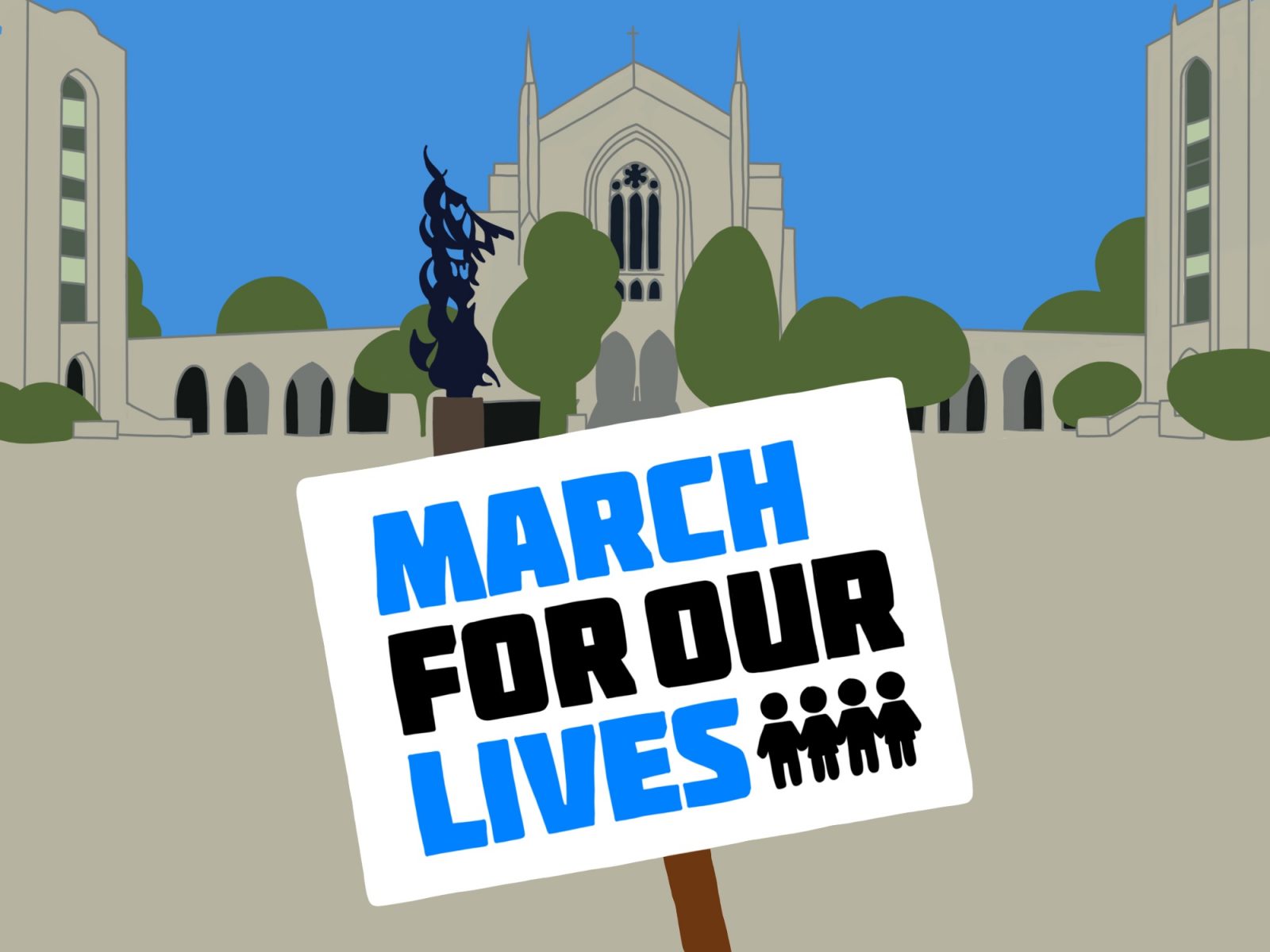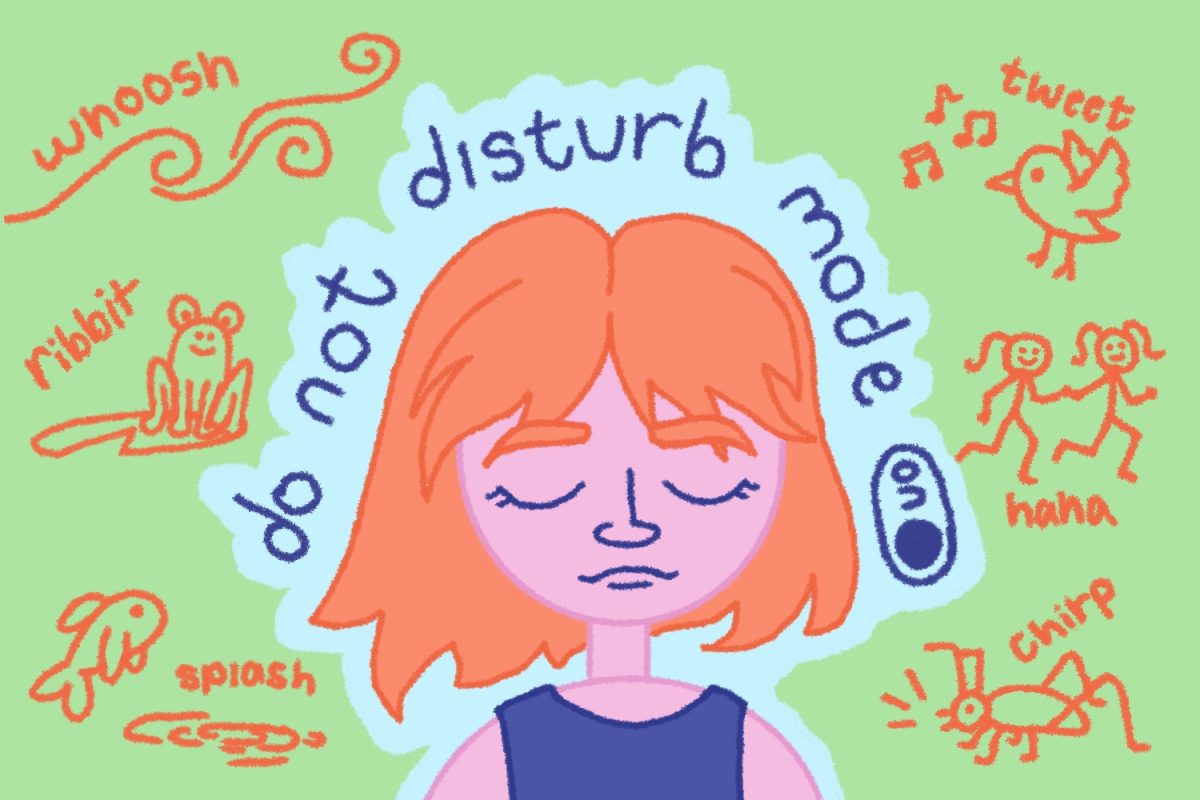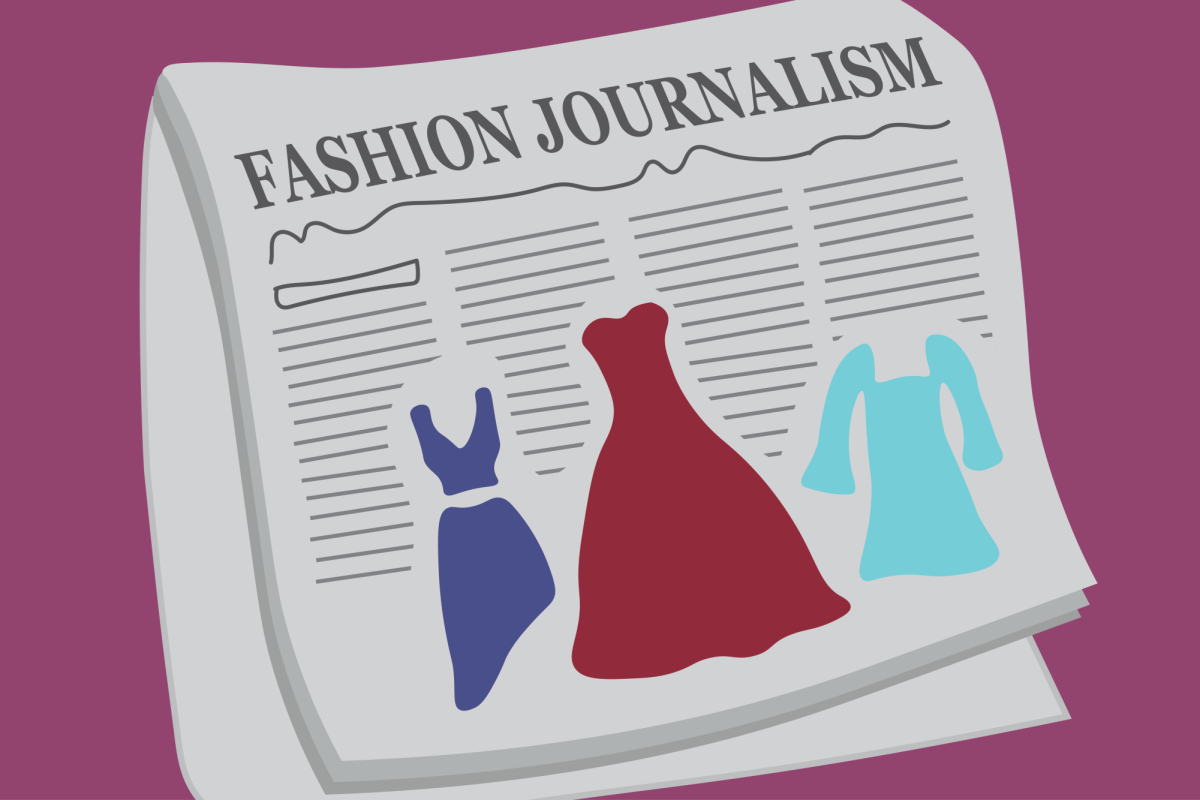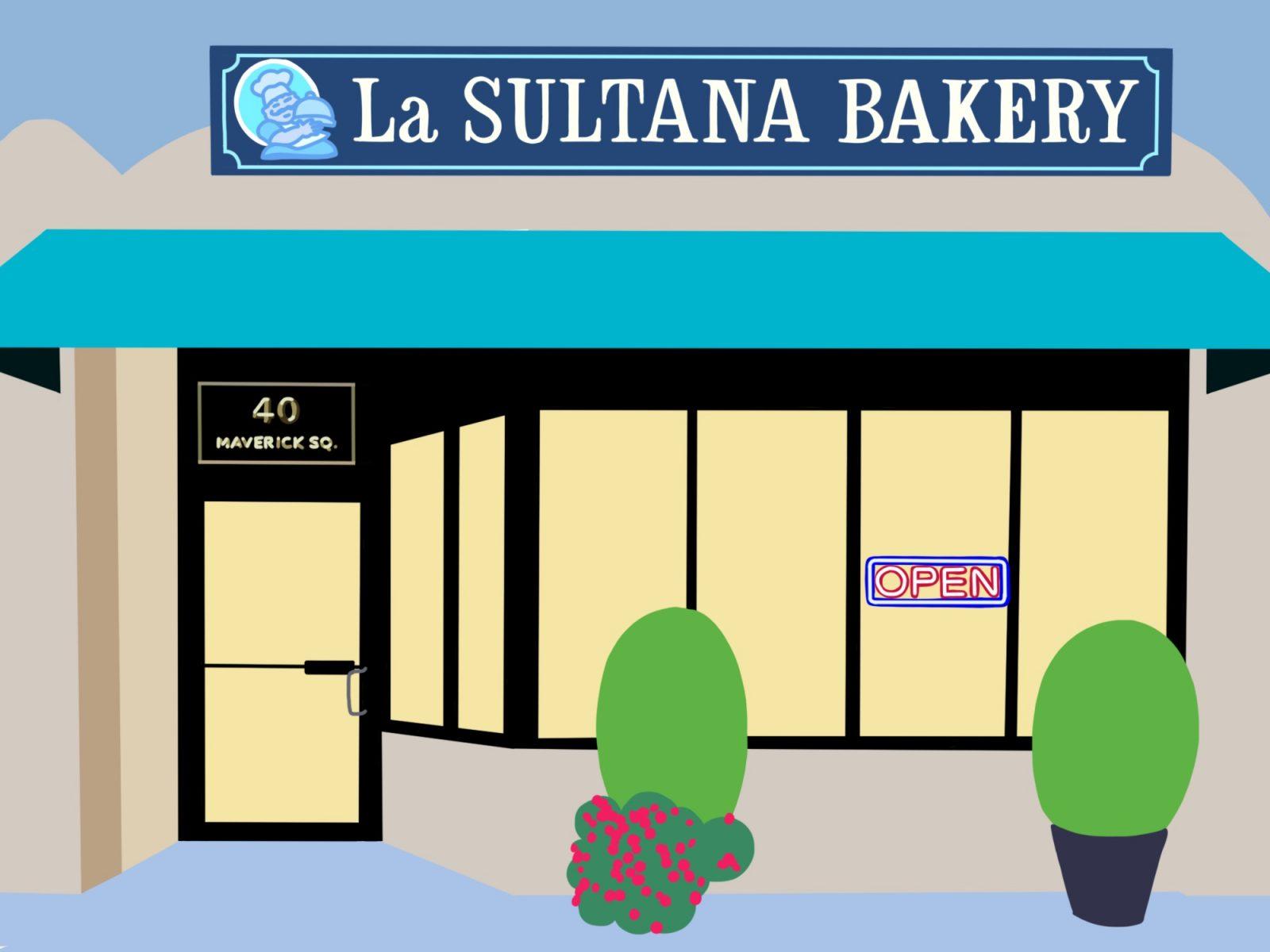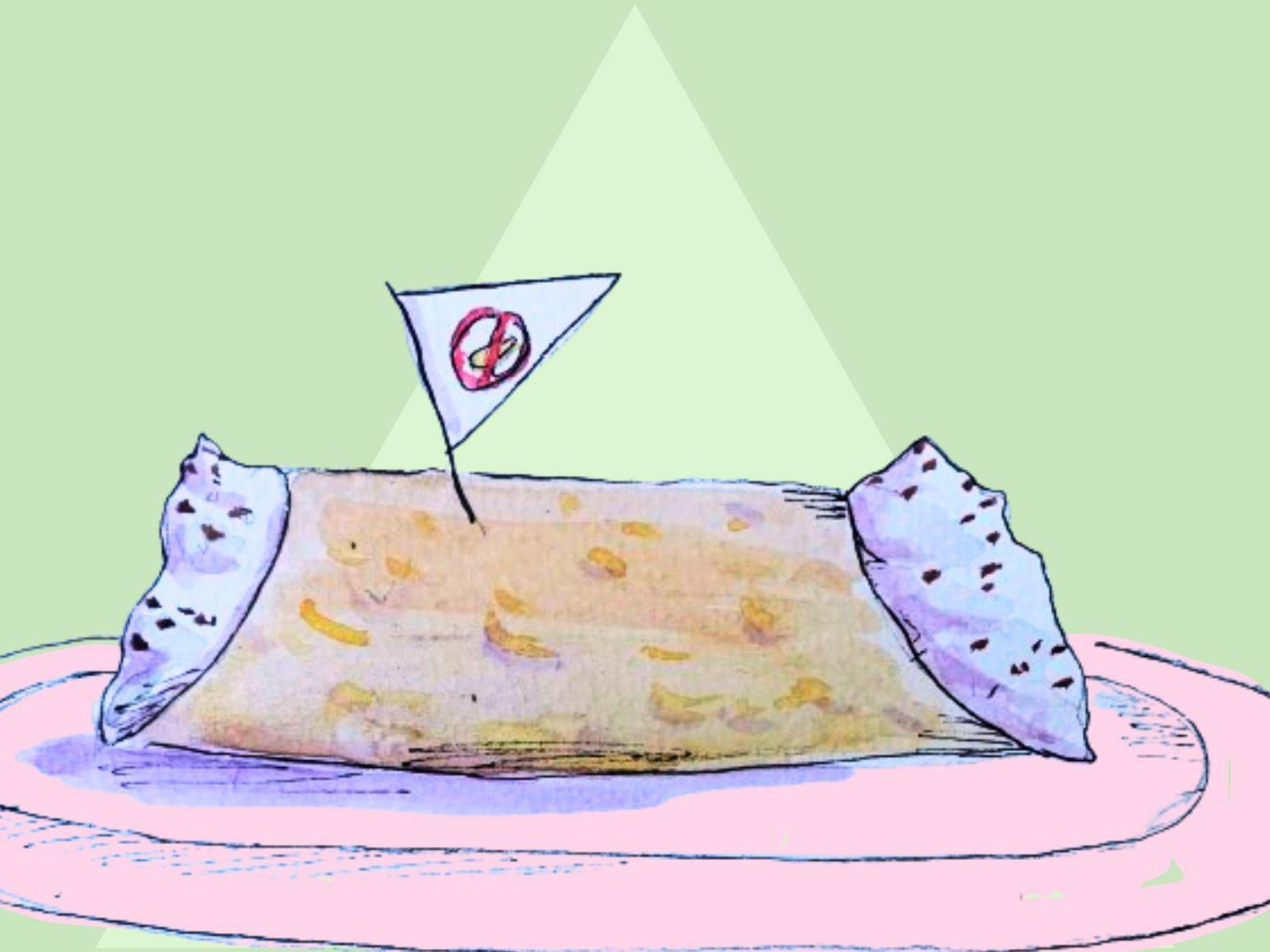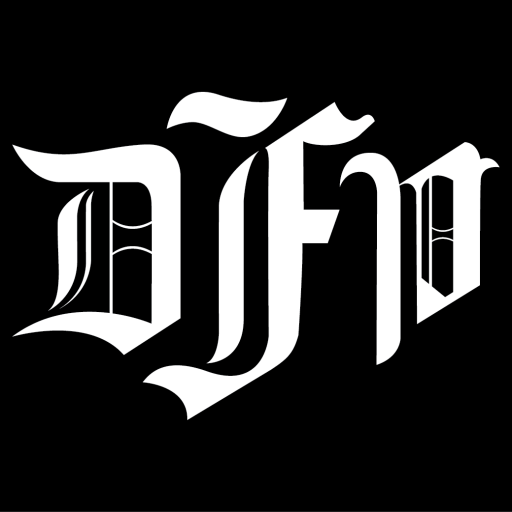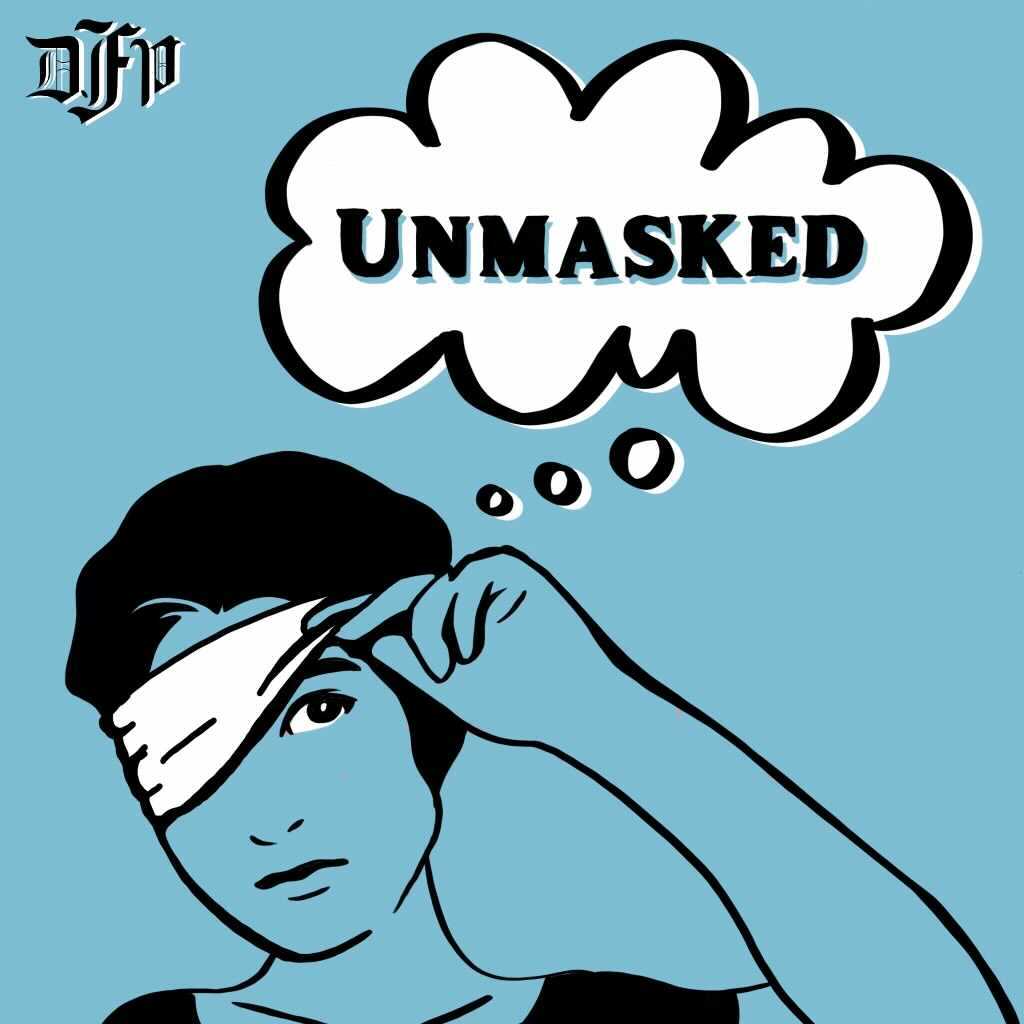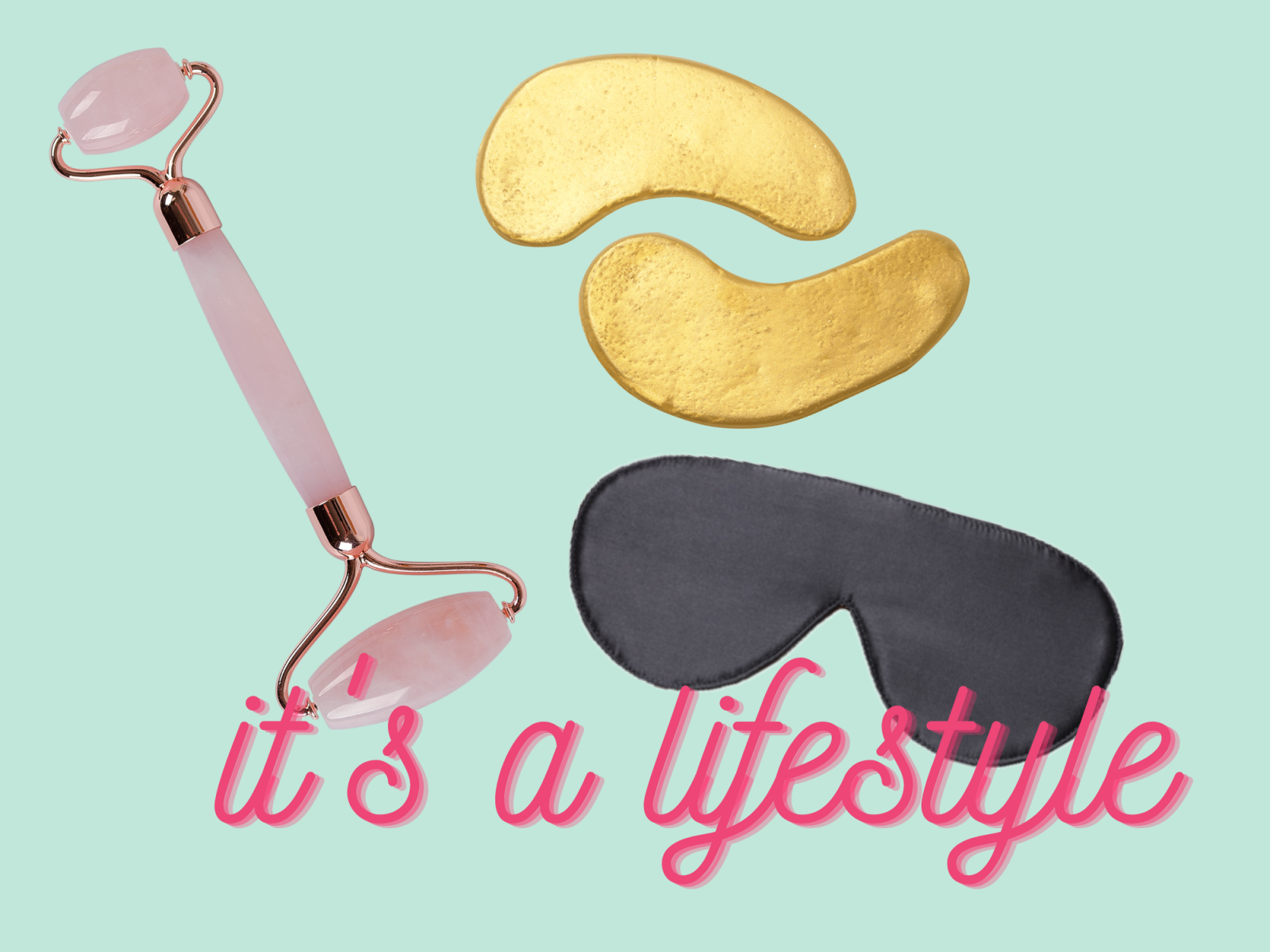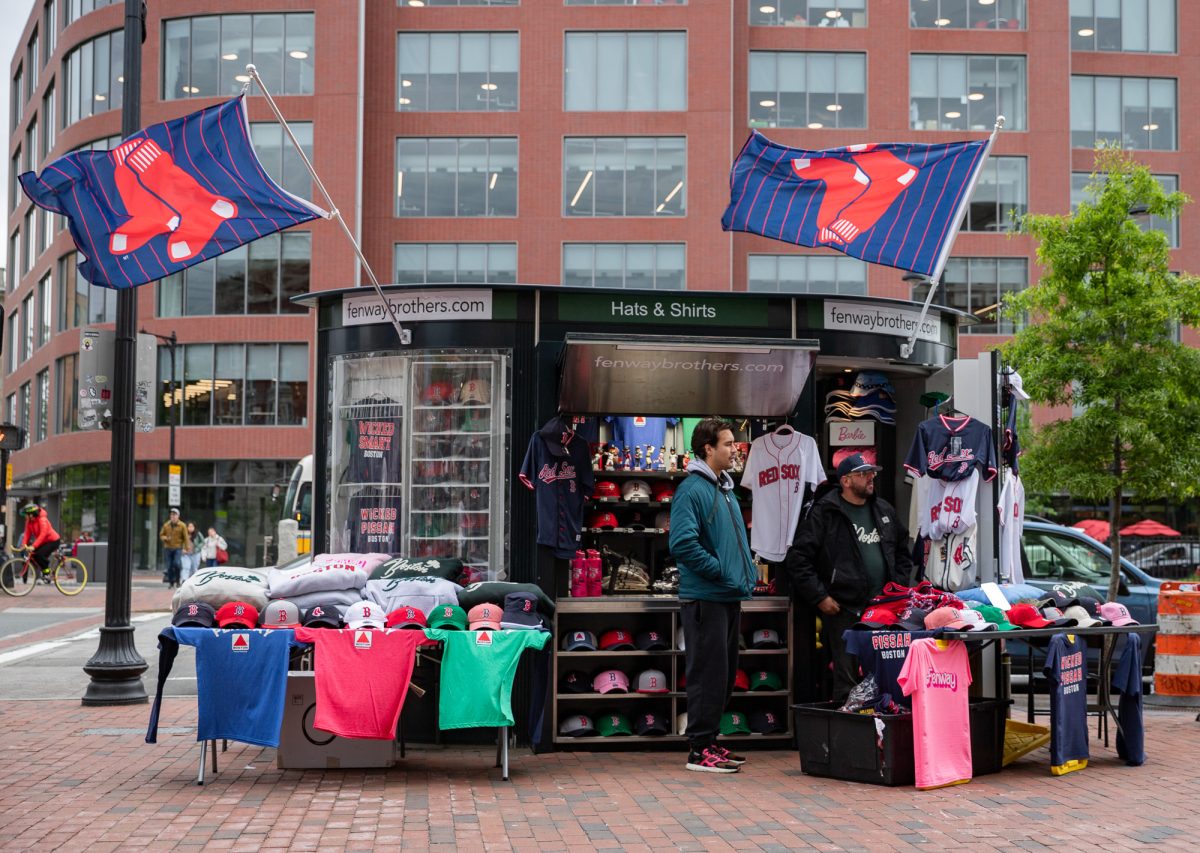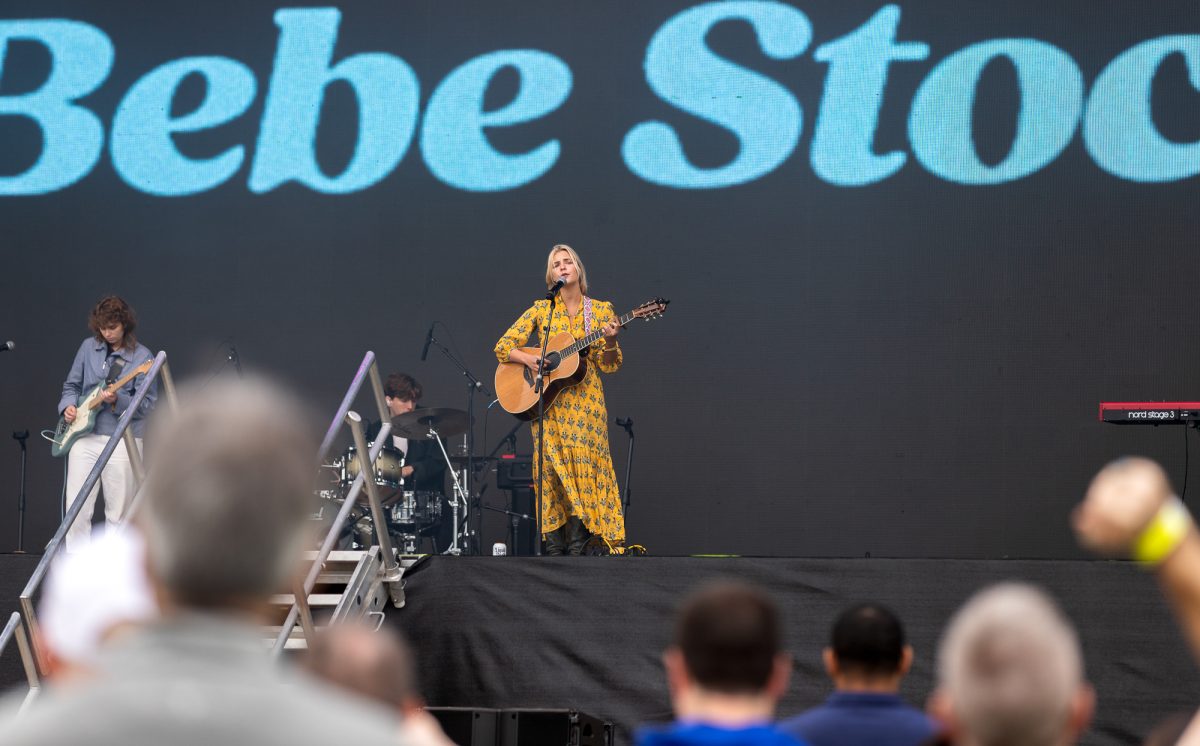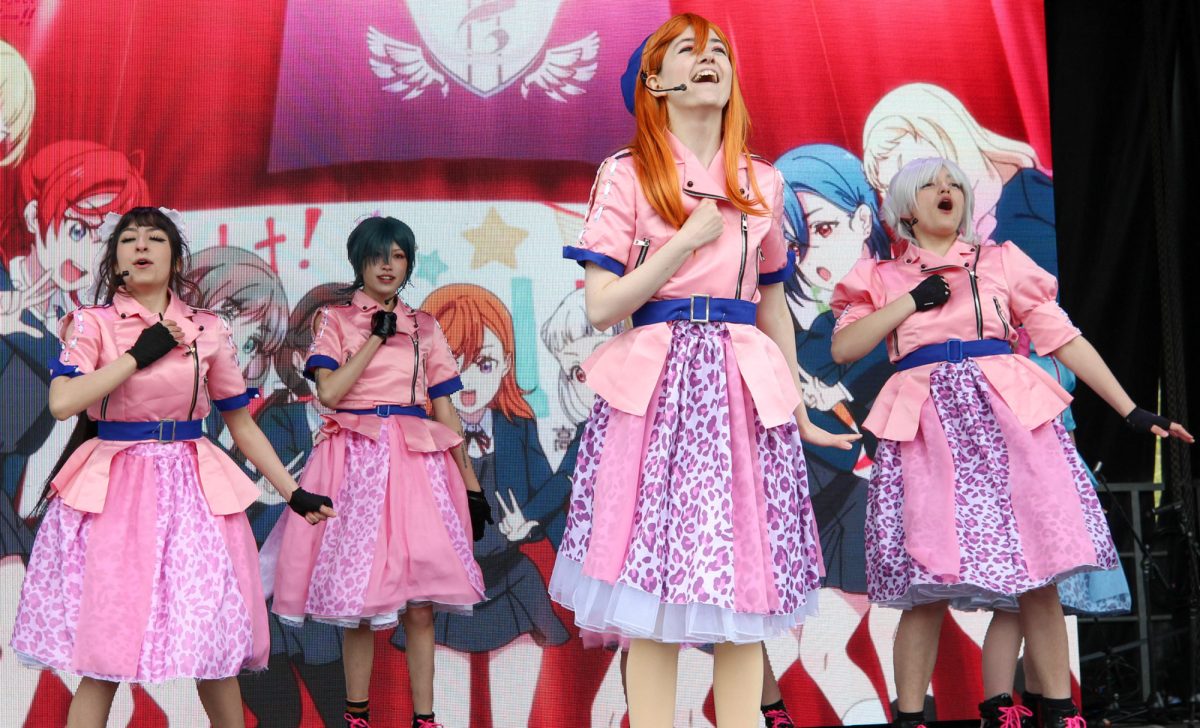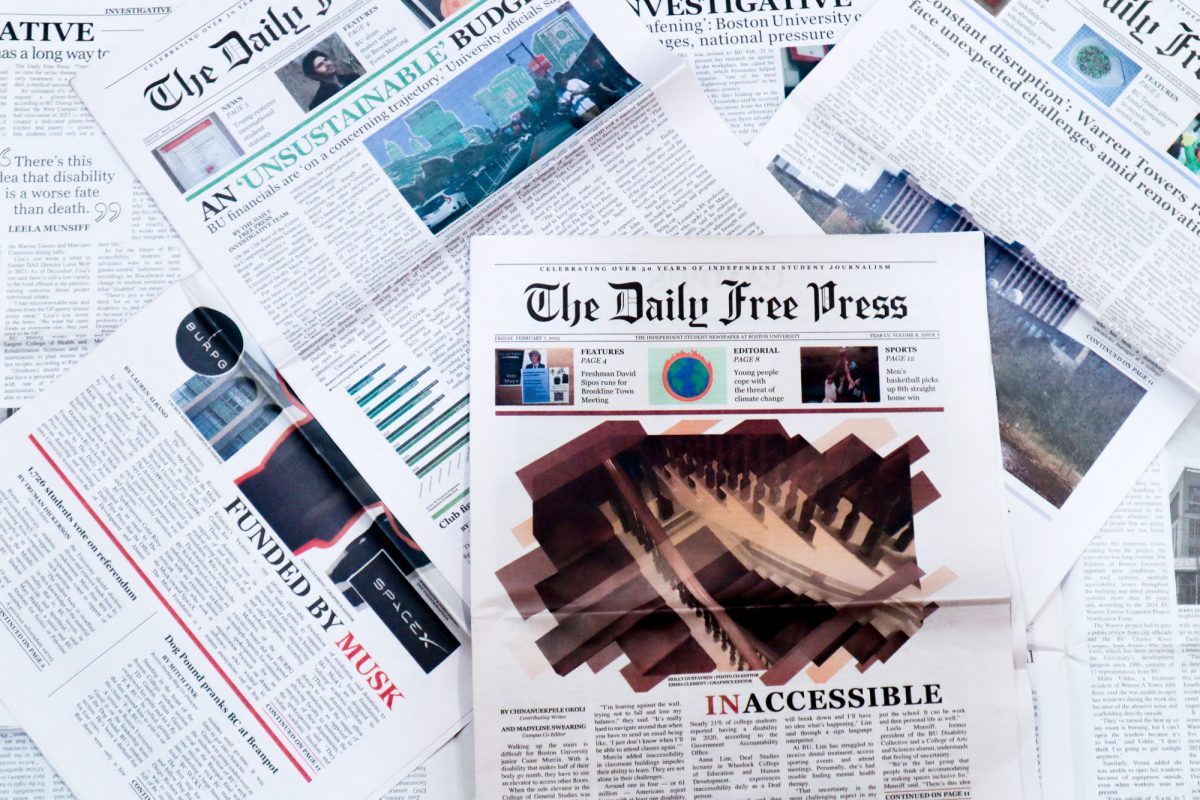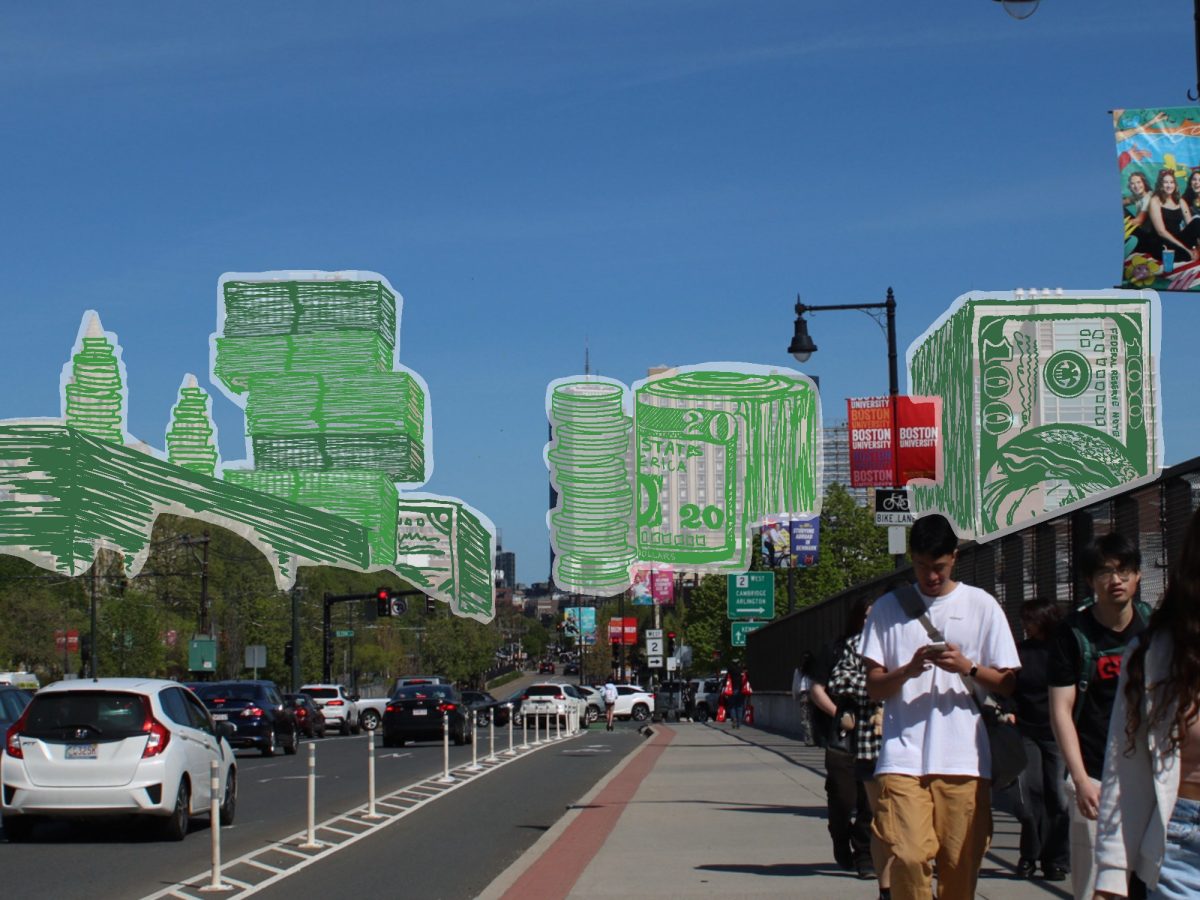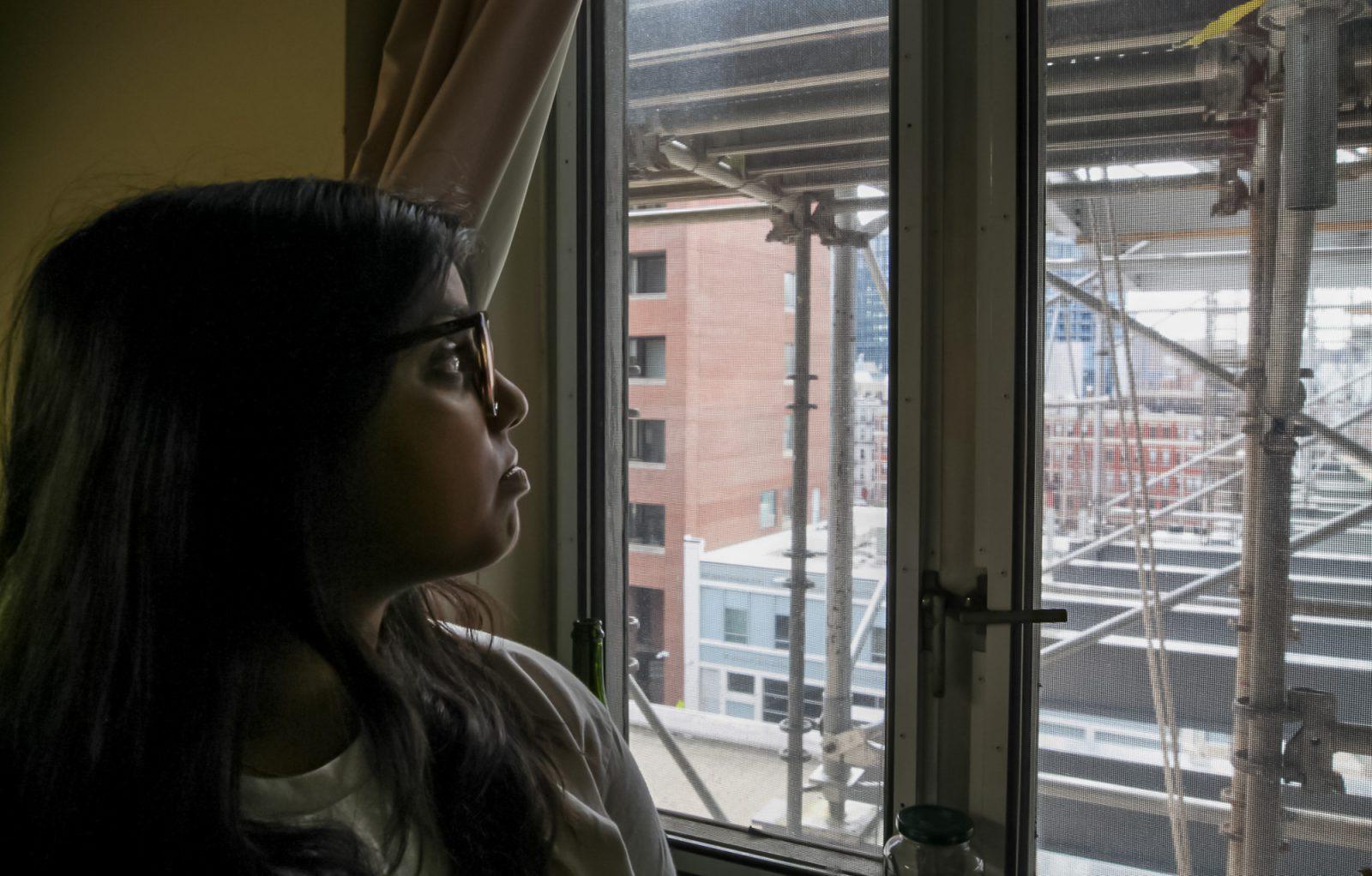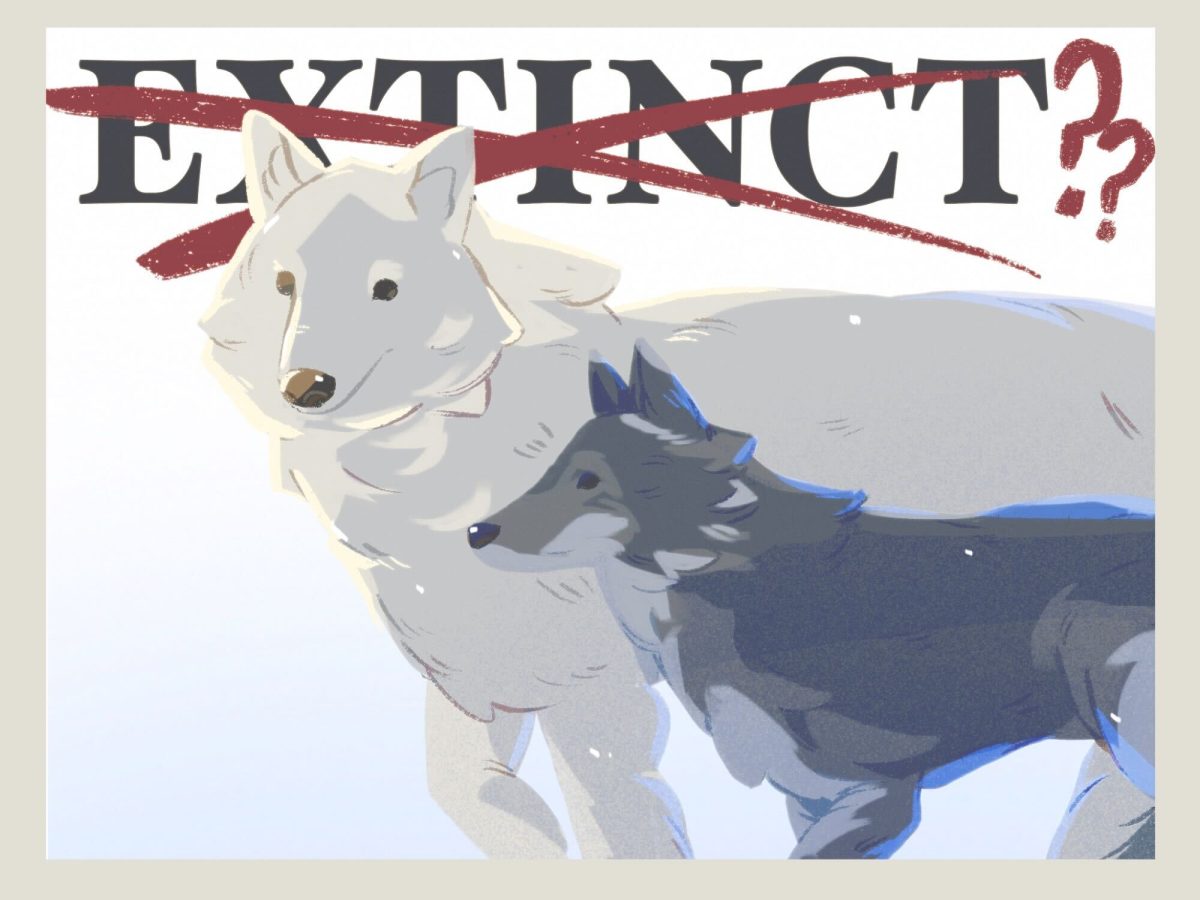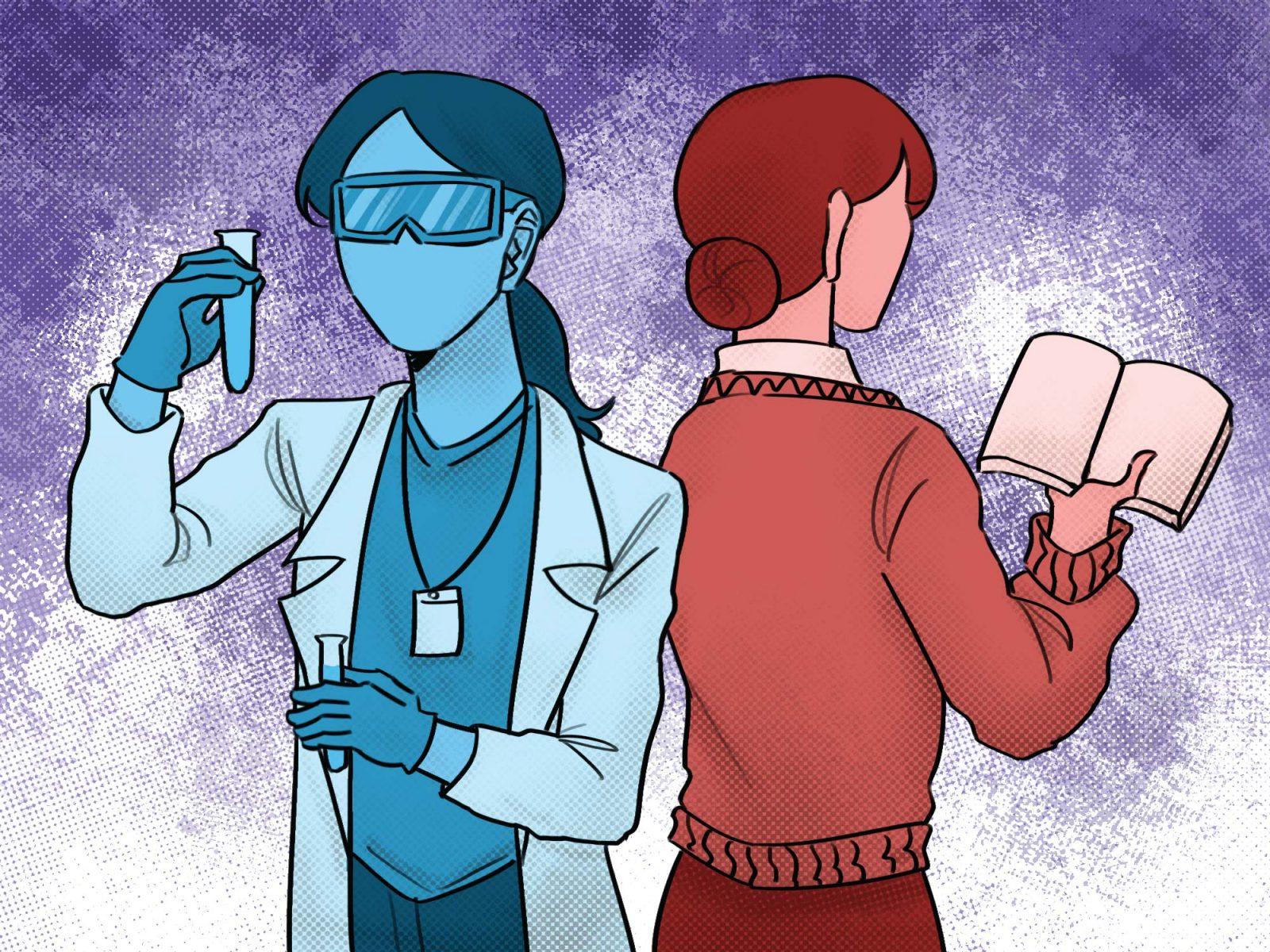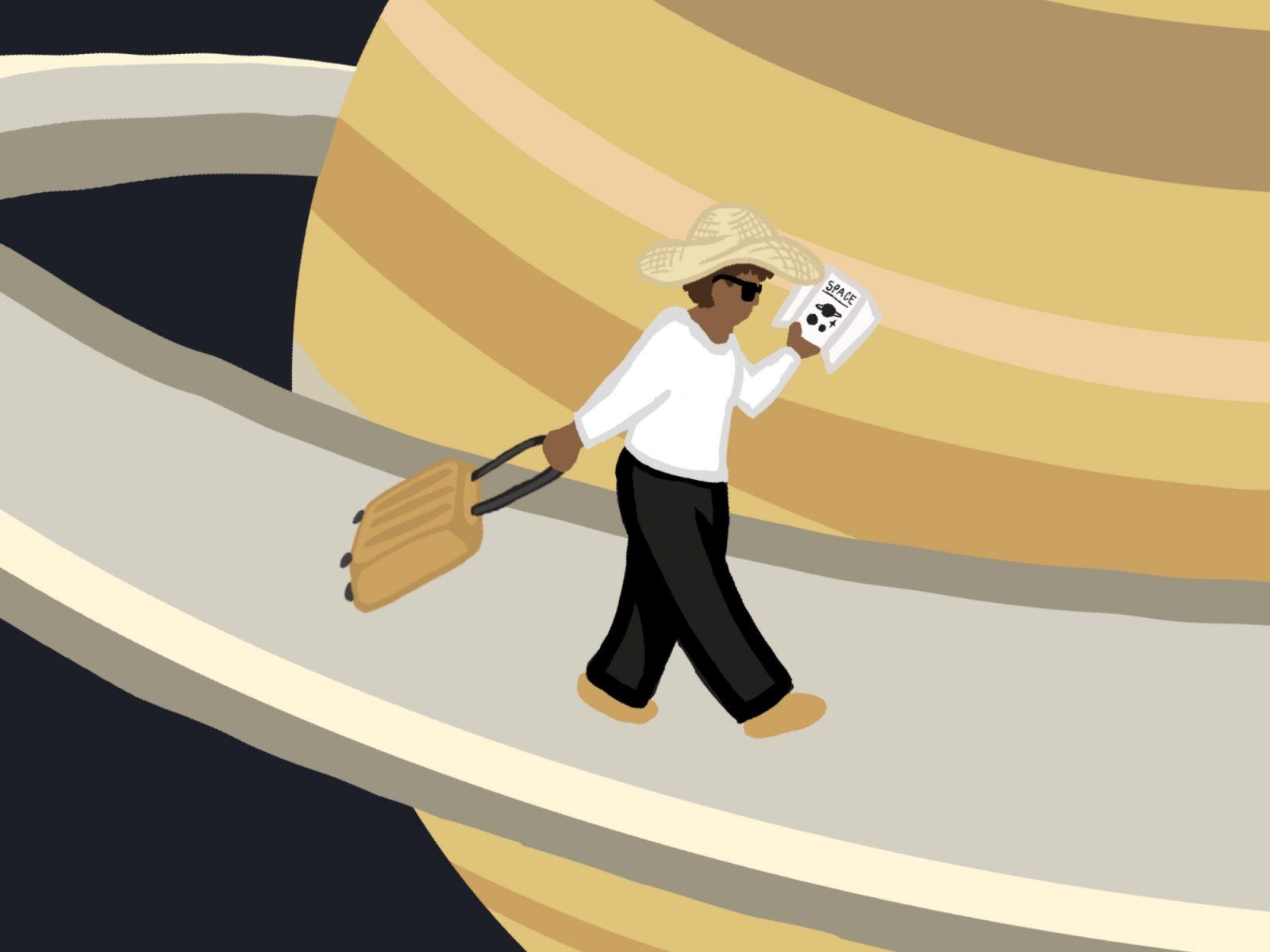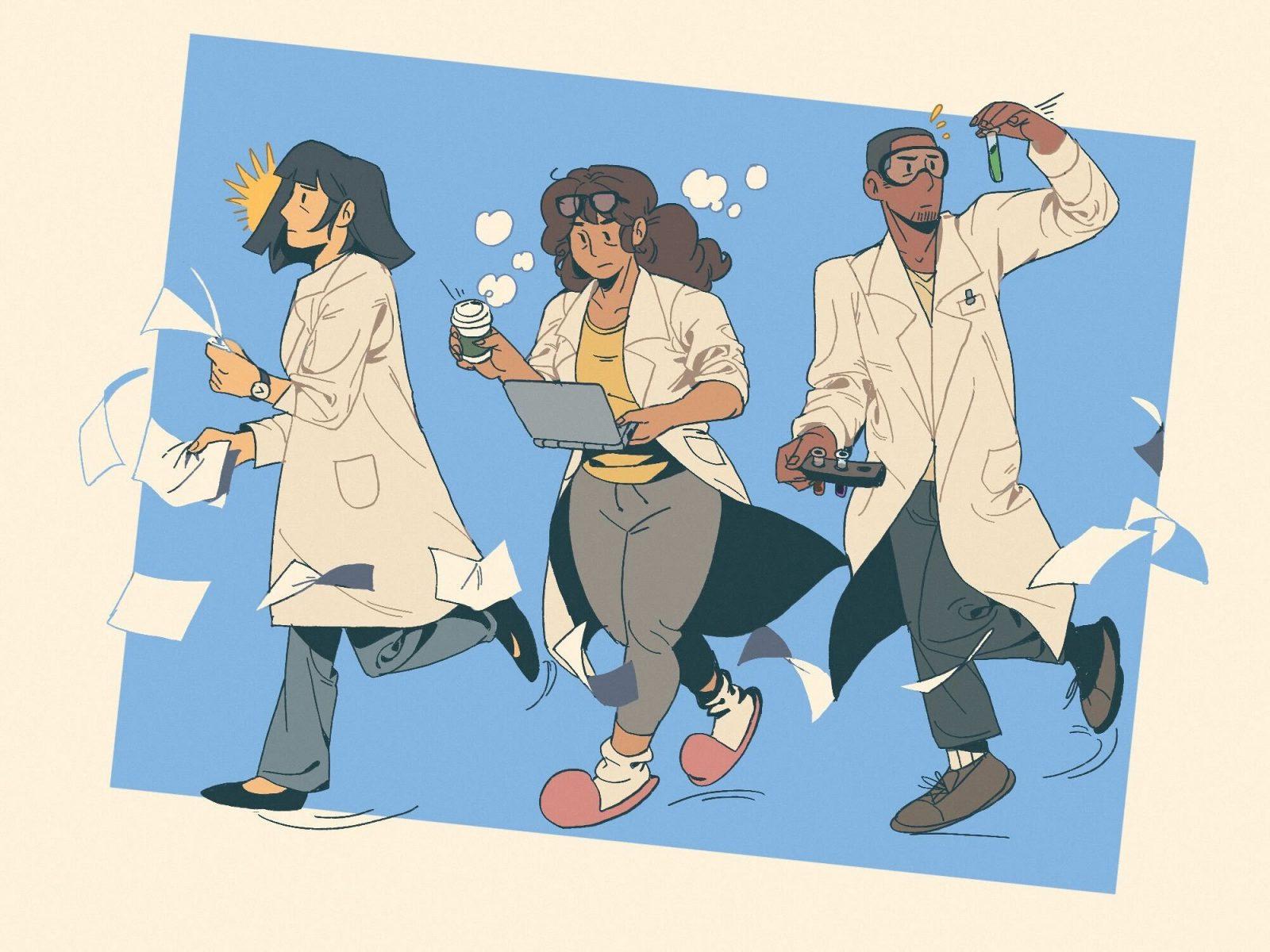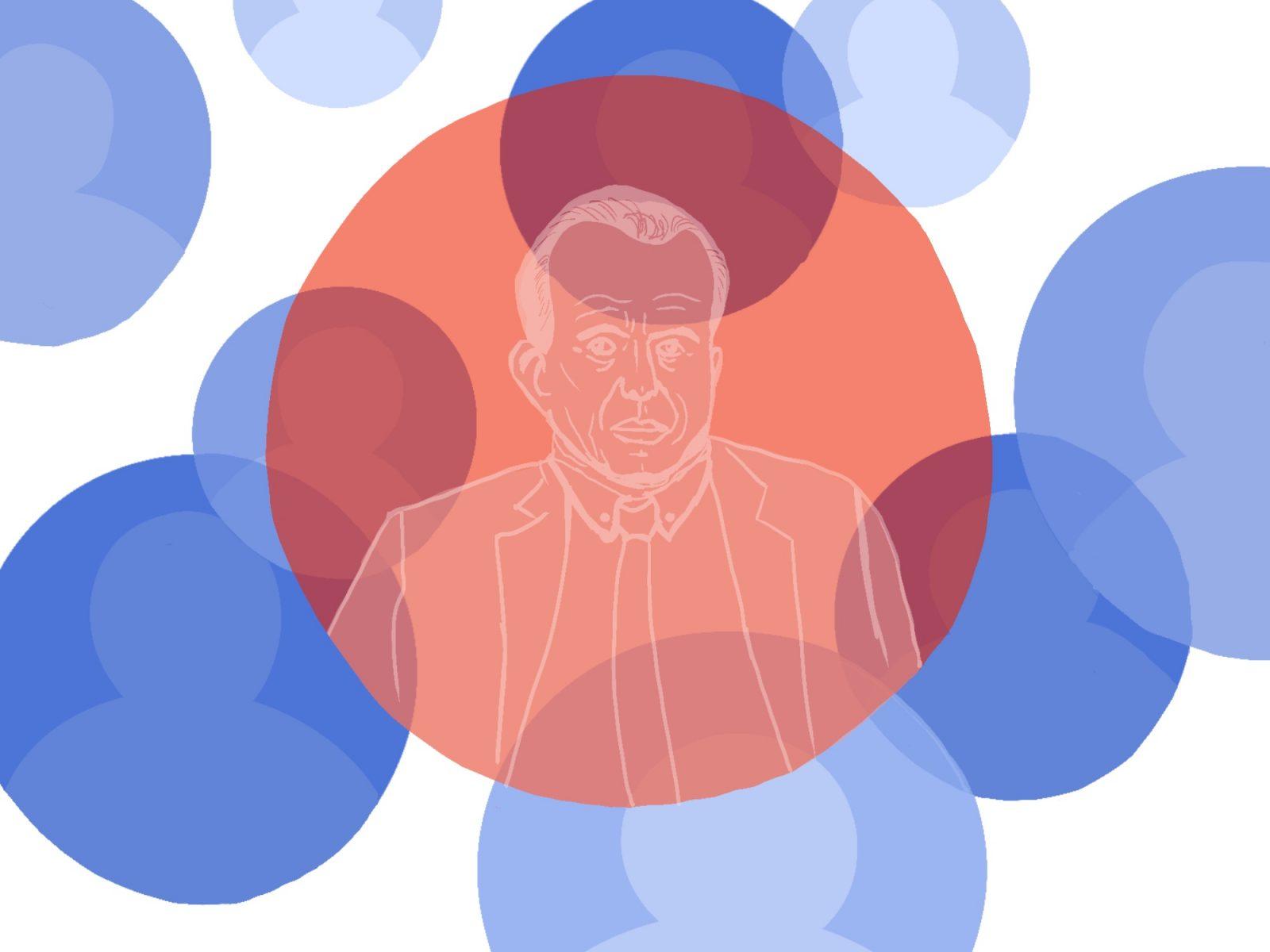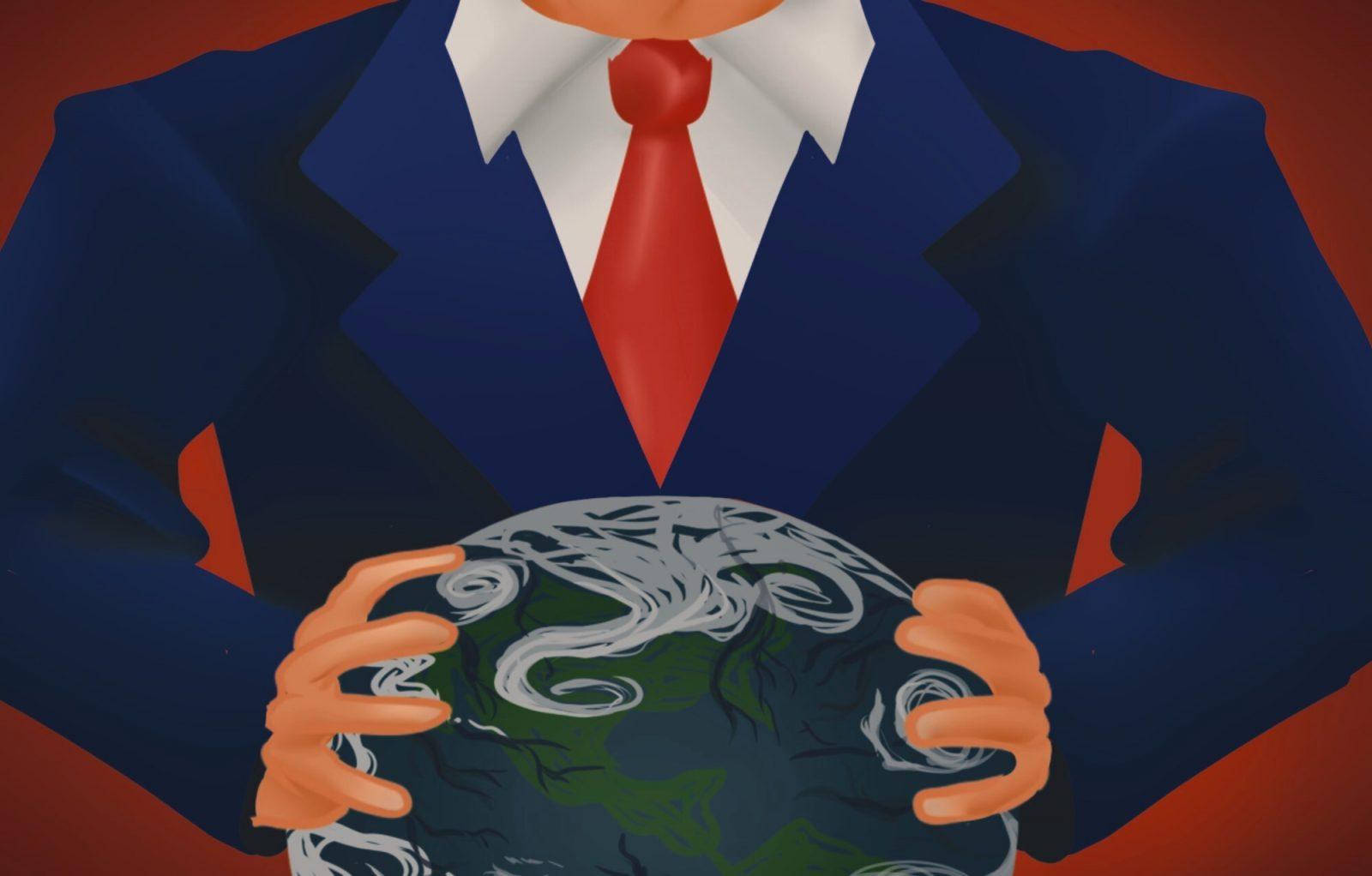We’ve seen some ups and downs in the economy lately as a result of shifting policies and changing administrations. On the heels of recent tariffs, a recession seems imminently likely, with JP Morgan estimating a 40% chance of global recession this calendar year.
We see the impact of recessions and tariffs in a lot of expected places — stocks dropping, prices increasing and a general “pull up your bootstraps” attitude as we all get ready to tighten up our bank accounts to survive.
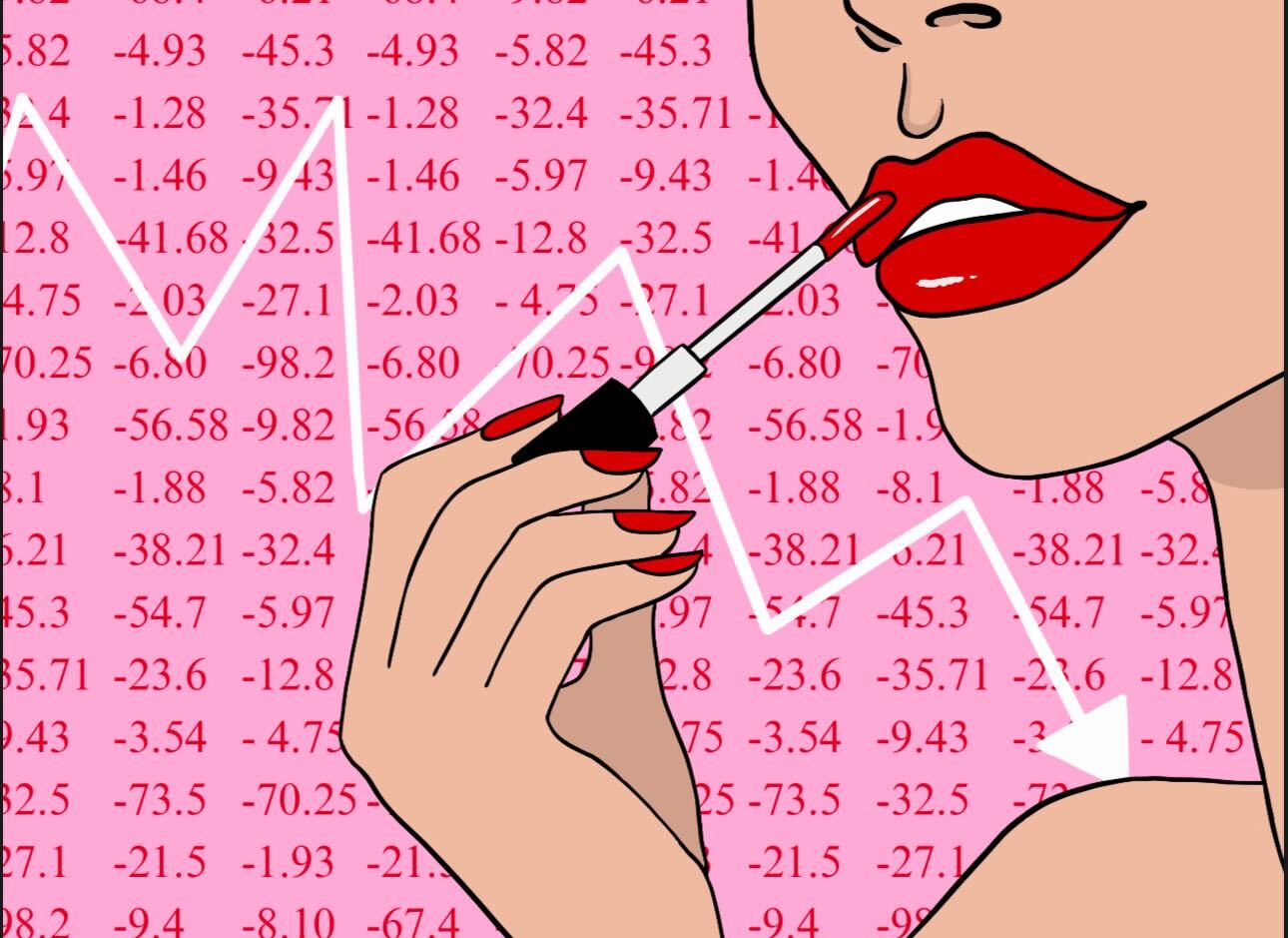
But we also see recession indicators in a more unusual place: women’s fashion trends.
In 1926, George Taylor created the Hemline Index, a theory that correlates the hemlines of women’s skirts and dresses with the economy. In periods of economic prosperity, hemlines get shorter — for example, flapper skirts in the Roaring ‘20s.
In periods of economic downturn, on the other hand, hemlines get longer.
In the ‘30s, hemlines fell during the Depression and wartime, only to rise again in the ‘60s after a period of relative economic growth. The correlation comes from shifting attitudes — people feel fun and flirty during economic growth, while attitudes are much more conservative and solemn otherwise.
Another popular fashion recession indicator is the lipstick index. This term, coined by Leanord Lauder, heir to cosmetics company Estee Lauder, comes from the 2001 recession where he noticed that despite the economic slip, lipstick sales were on the rise.
This trend existed even before 2001. CNN noted in a recent article that “during the Great Depression, cosmetics sales overall increased by 25%.”
The theory states that while a lot of luxury items feel out of reach during this time, smaller and slightly more affordable luxuries still feel splurge-worthy and attainable.
So, even if you can’t get the Chanel dress or the Burberry bag, you can still have a Dior lipstick.
Plus, lipstick is something that’s normalized for everyday, making it easier to feel better about yourself and get through troubling economic times.
These theories certainly tell a nice story. But they also rely heavily on correlation rather than causation. There are a lot of other factors at play when it comes to fashion, such as the cyclical nature of trends and other pop culture influences.
Even if it’s a nice story — but not the whole story — these various clothing theories still tell us something about the economy, and they do it strictly through the feminine gaze.
When we look at something as historically masculine as the economy or the finance industry, taking something as seemingly frivolous as women’s fashion and placing it center-stage as a recession indicator takes back power that is often removed from the field of clothing and from the role of women.
Women have a lot of collective power if they can cause surges and changes in huge cosmetic and fashion industries.
We’re often taught fashion is silly, and we’re too quick to forget the all-important ways it impacts our lives. Let’s not forget the iconic scene in “The Devil Wears Prada”: Miranda Priestly chastises Andy Sachs for not taking fashion seriously by tracing back Andy’s choice to buy a cerulean — not just blue — sweater.
“That blue represents millions of dollars of countless jobs,” she said. “It’s sort of comical how you think that you’ve made a choice that exempts you from the fashion industry when, in fact, you’re wearing a sweater that was selected for you by the people in this room … from a pile of ‘stuff.’”
Women’s clothes may not be the same economic tell-all as a rigorous financial report, but assigning value to pop culture — especially historically overlooked feminine ties to pop culture — is often more revealing than is given credit.

